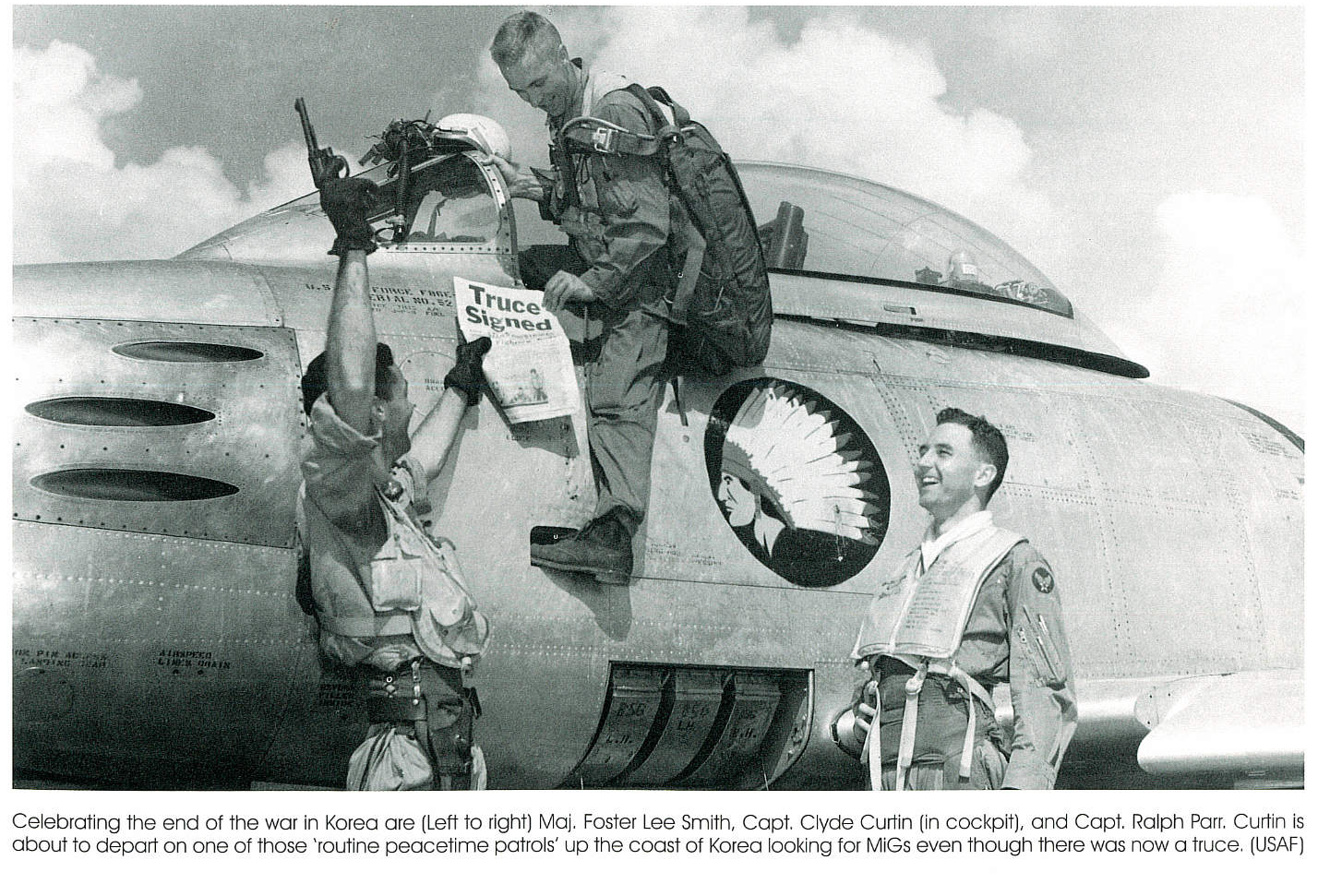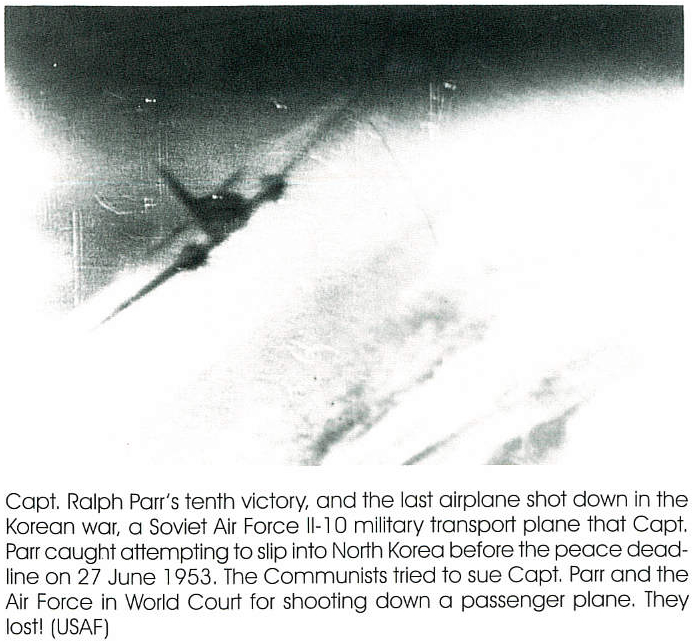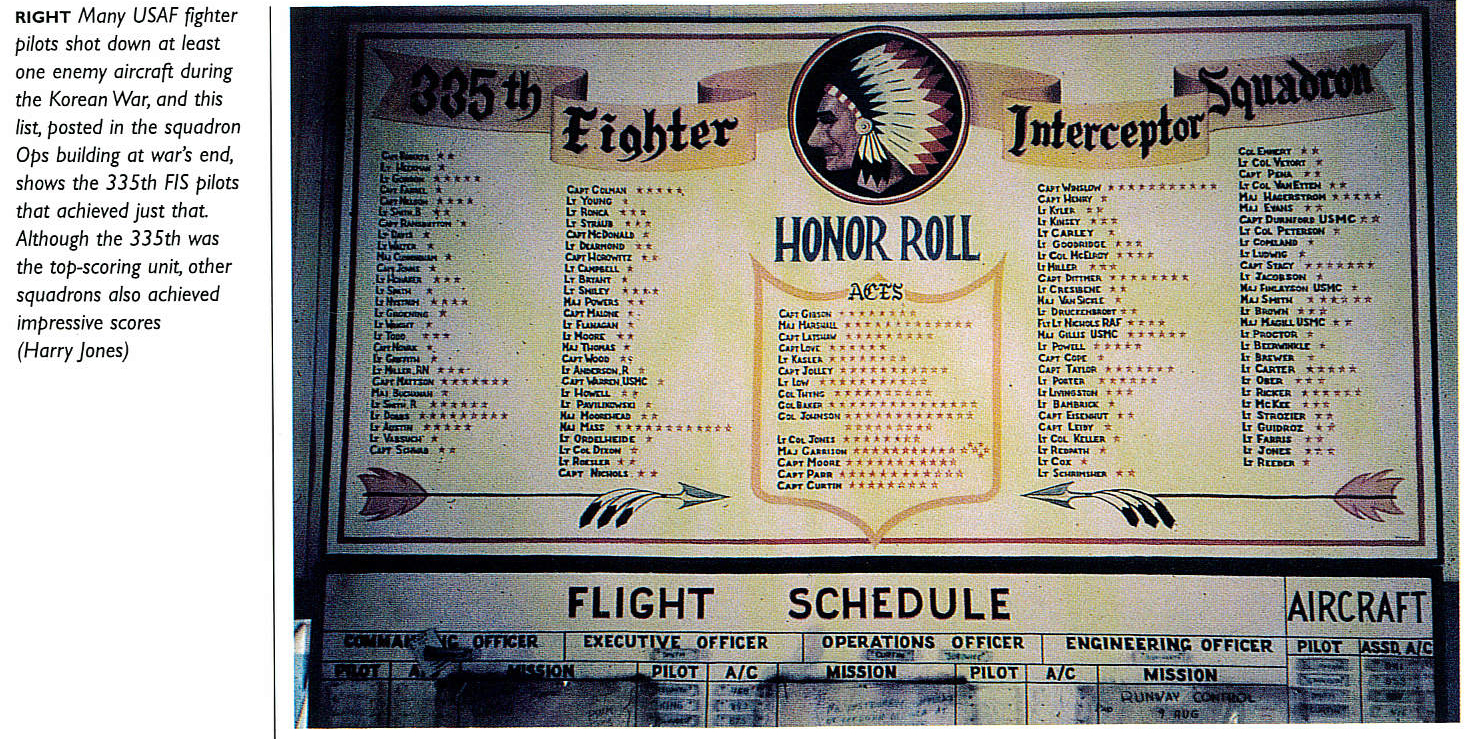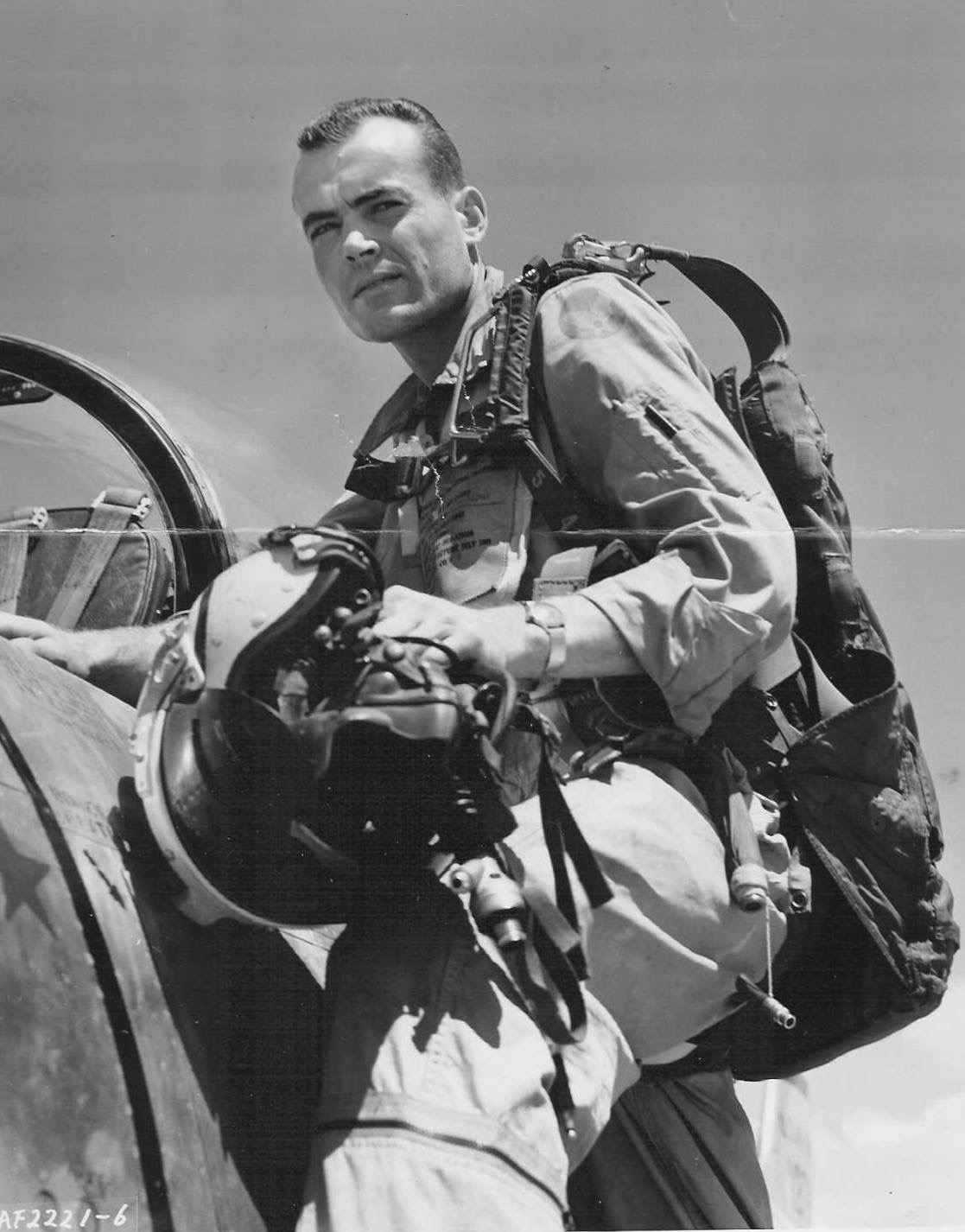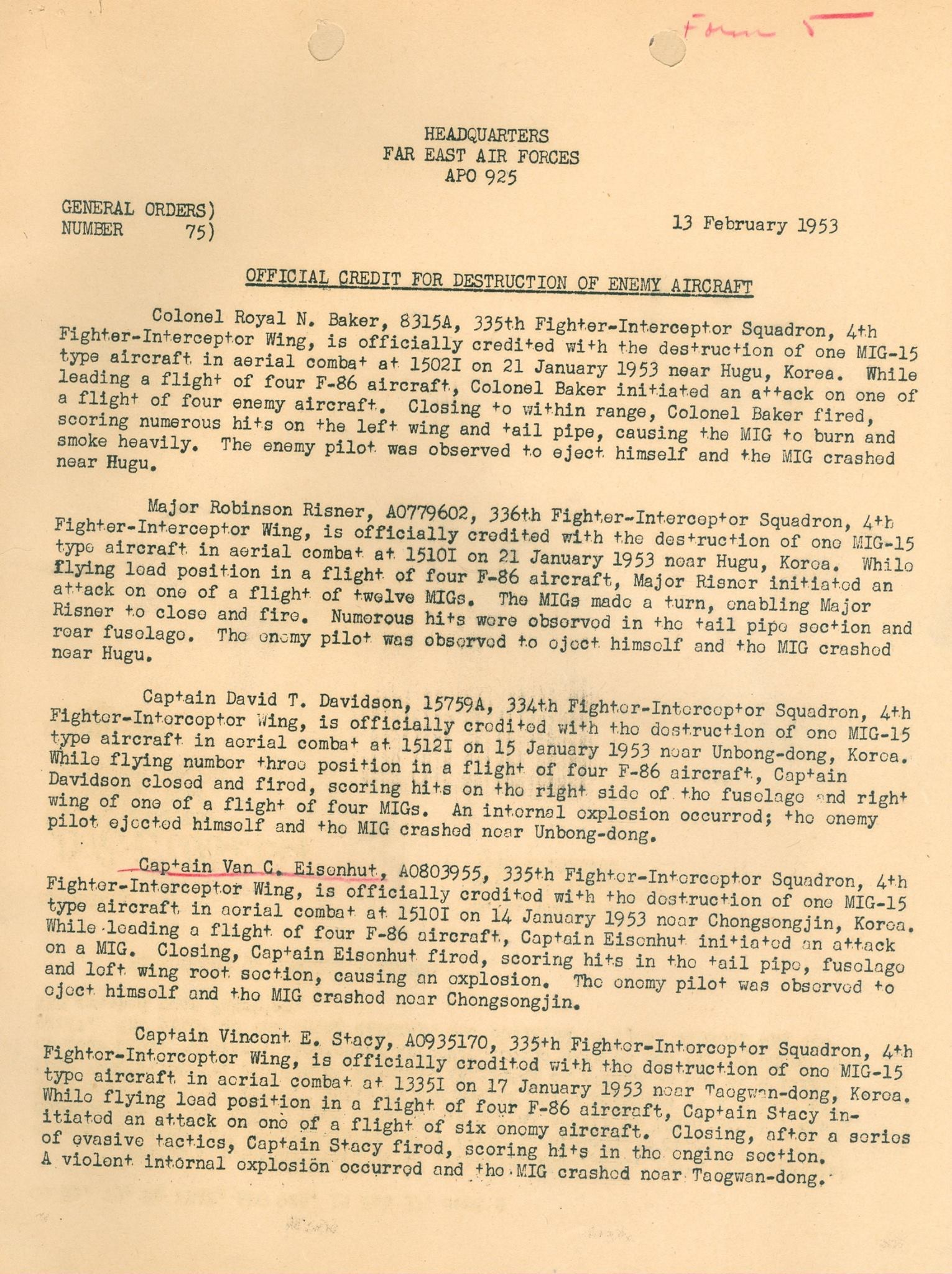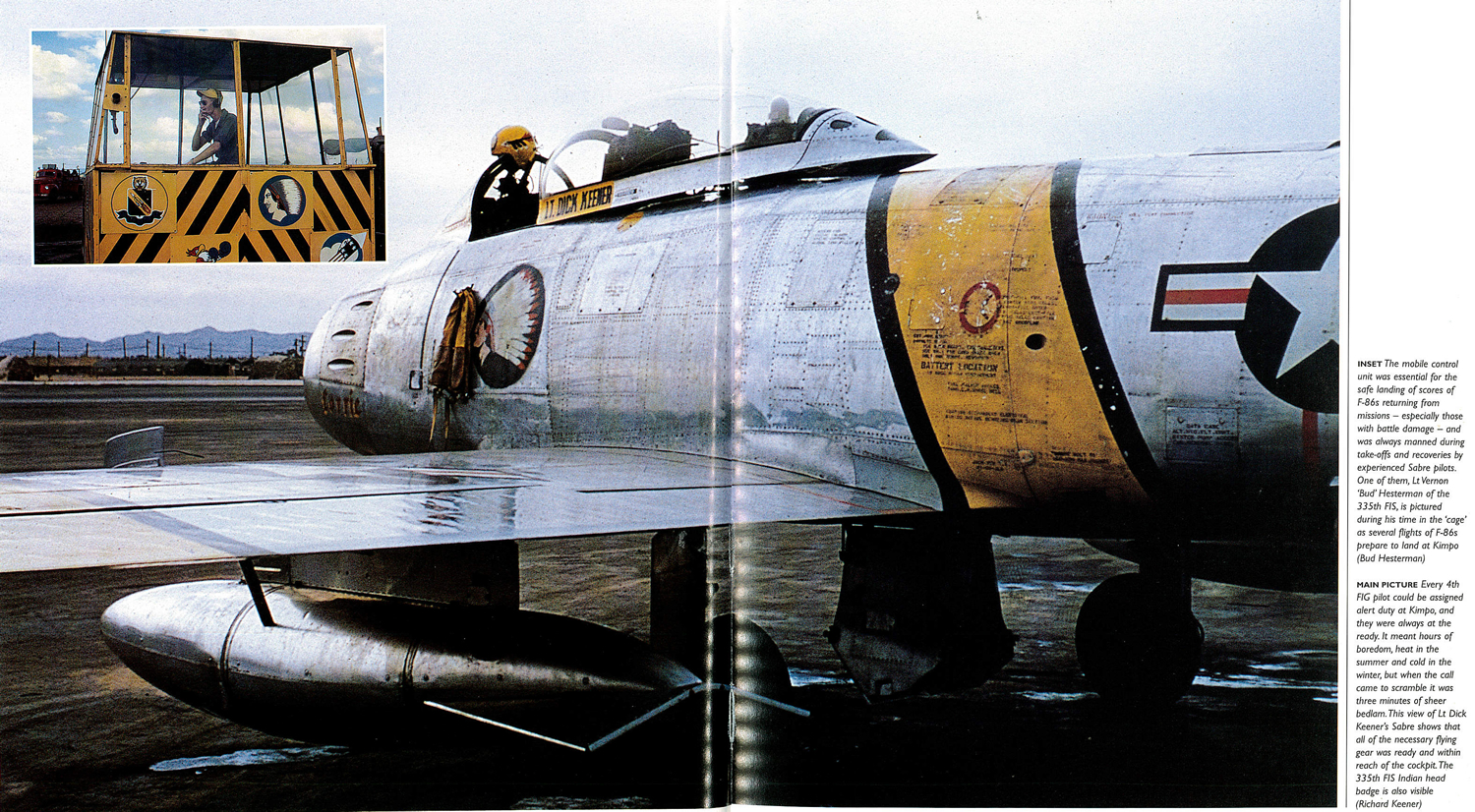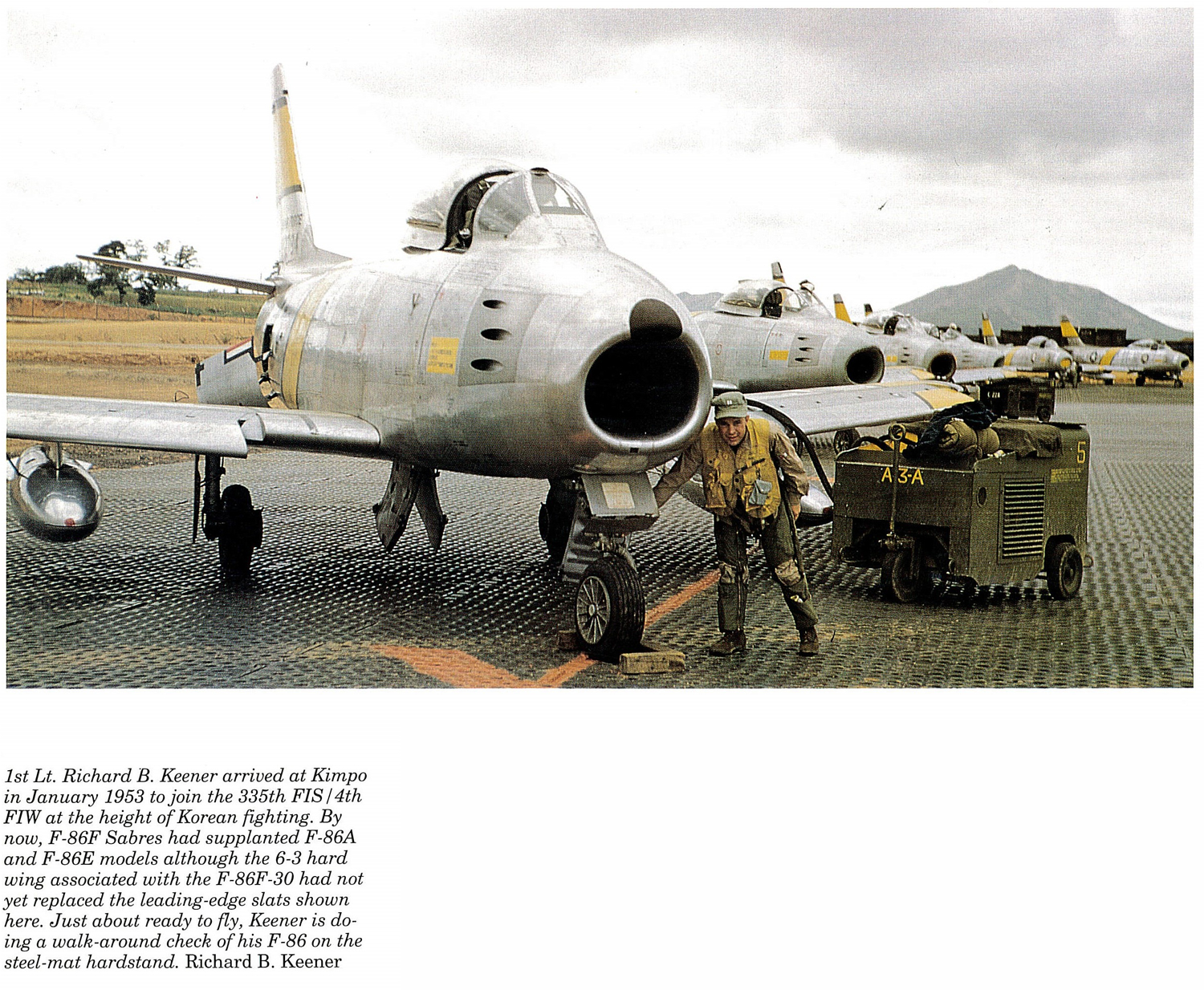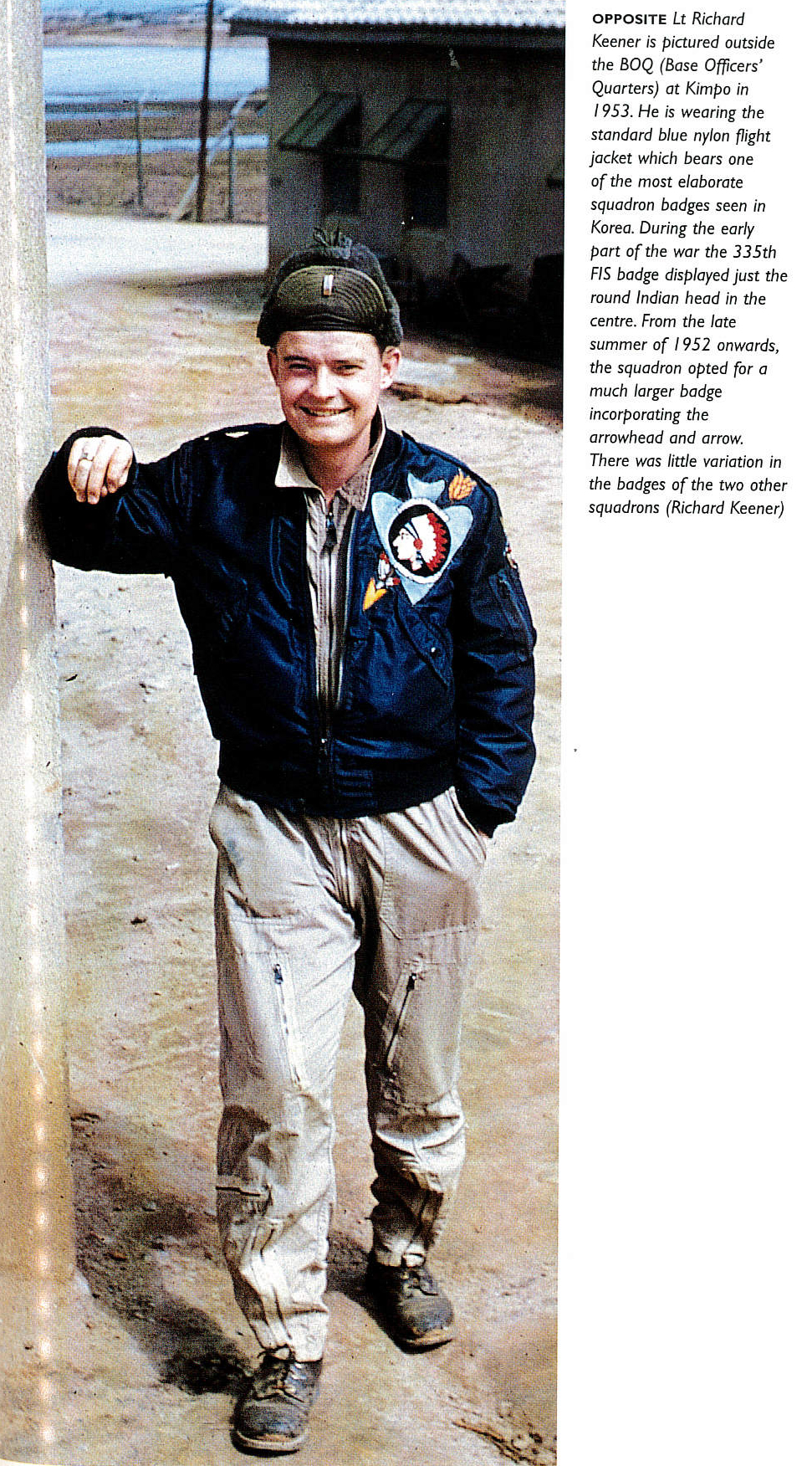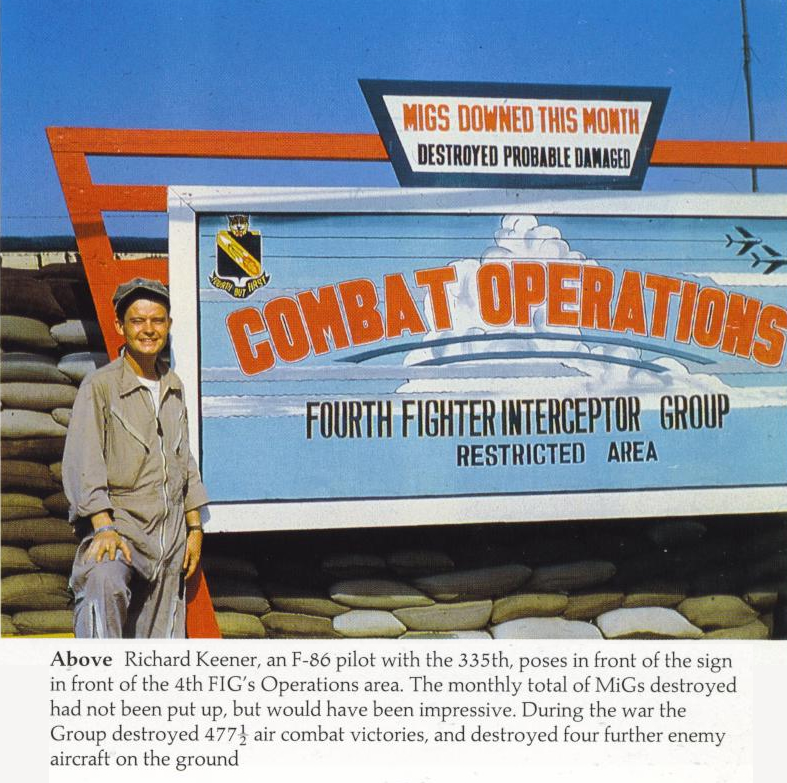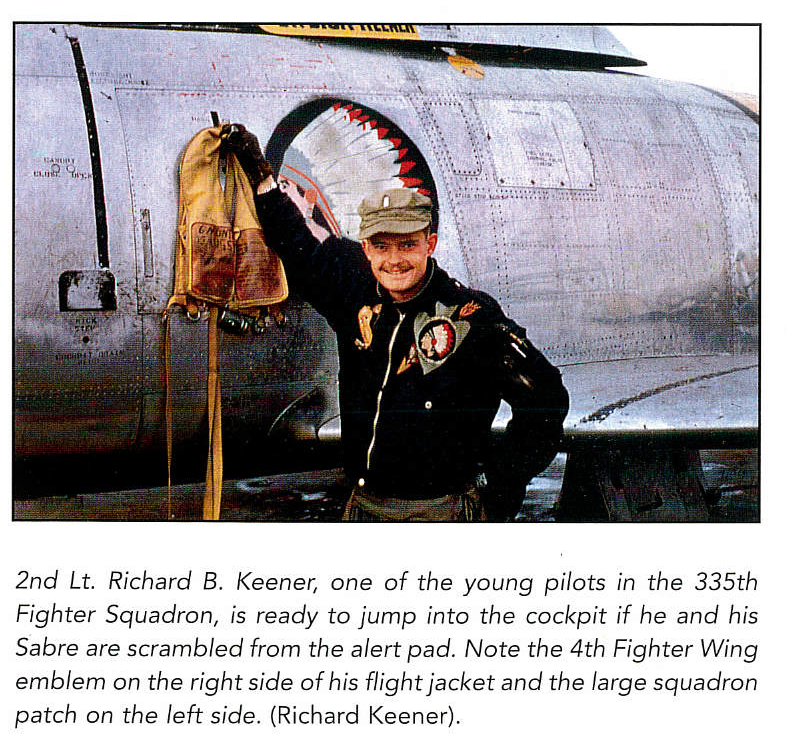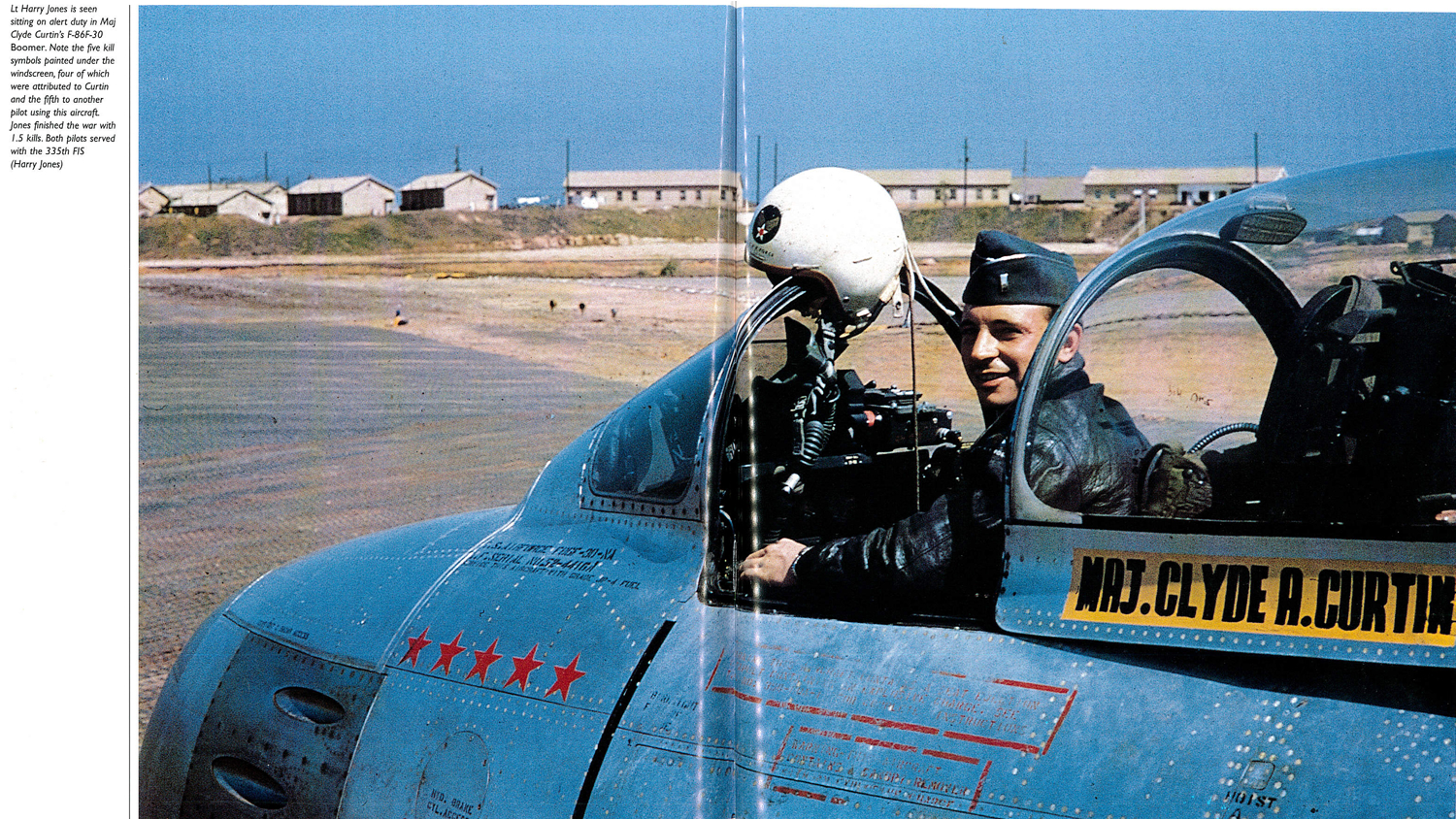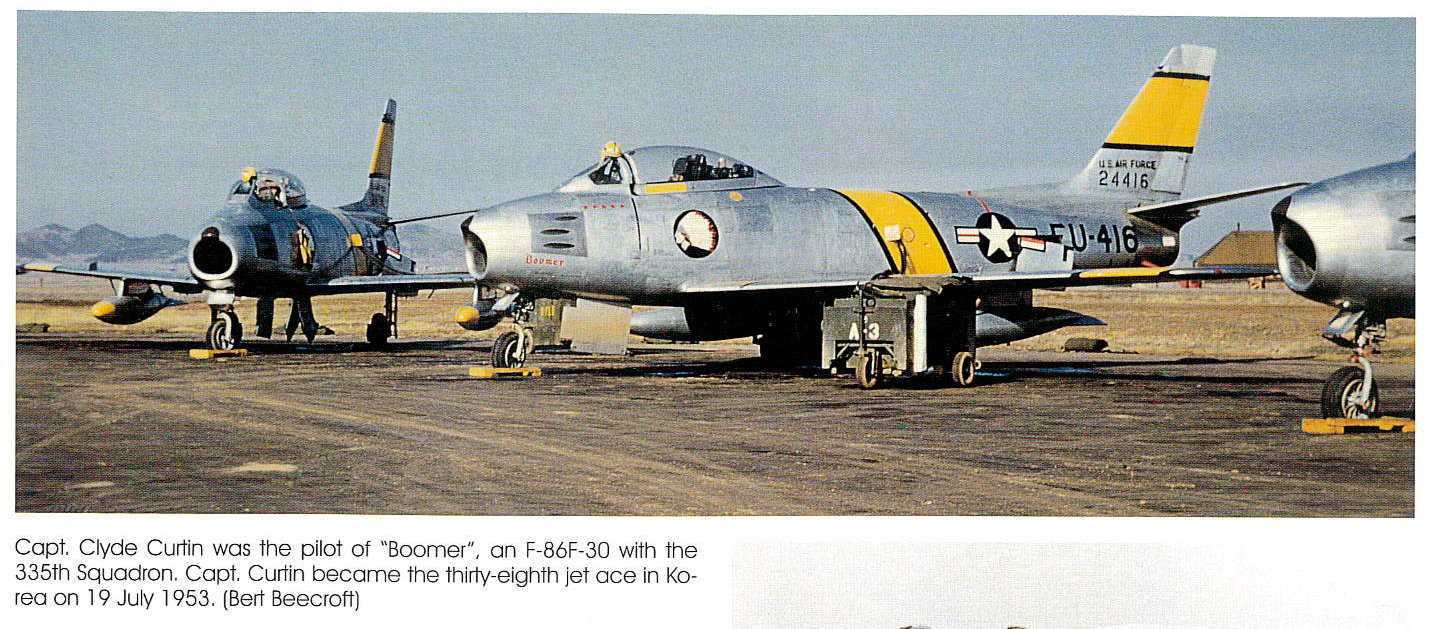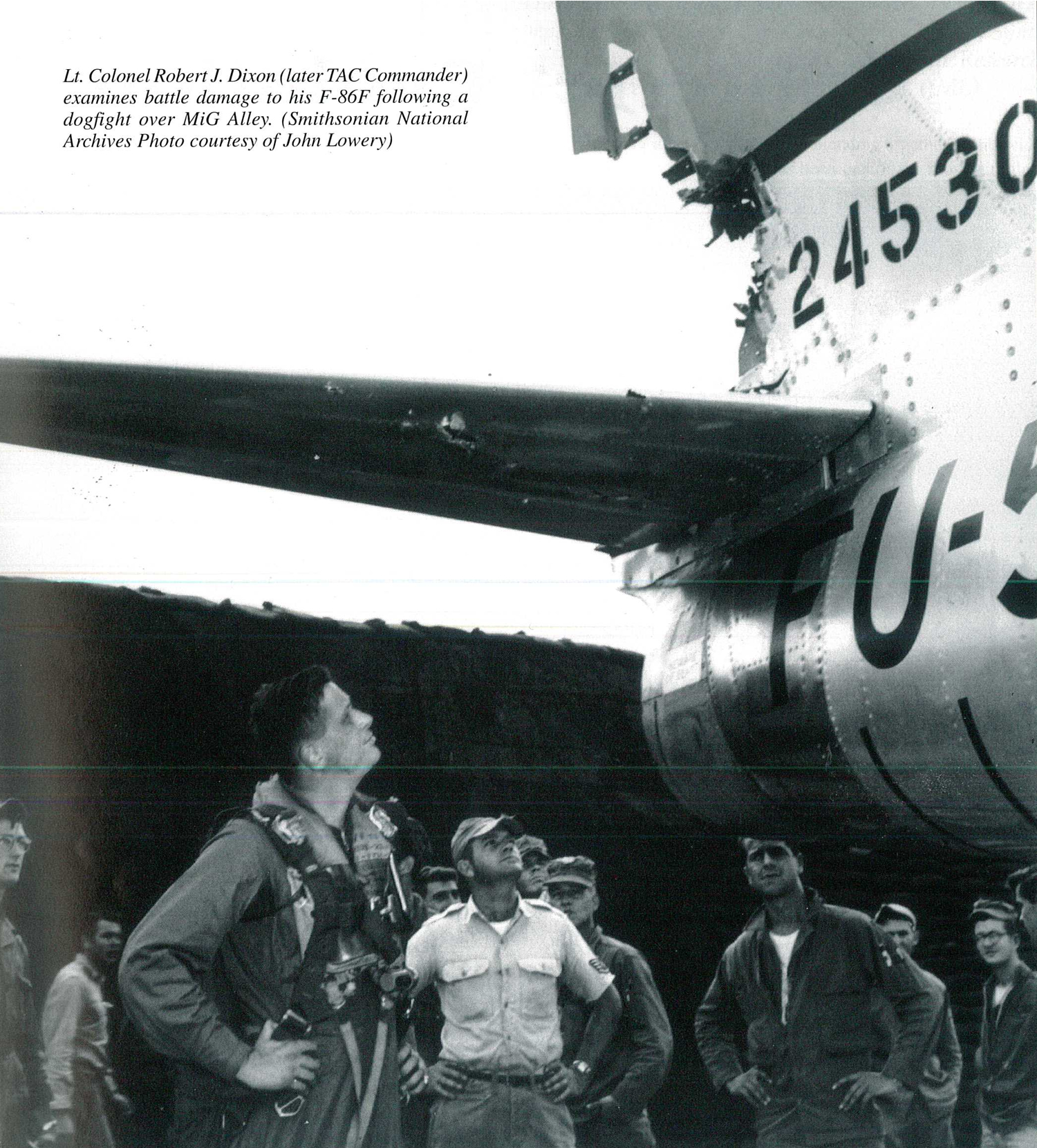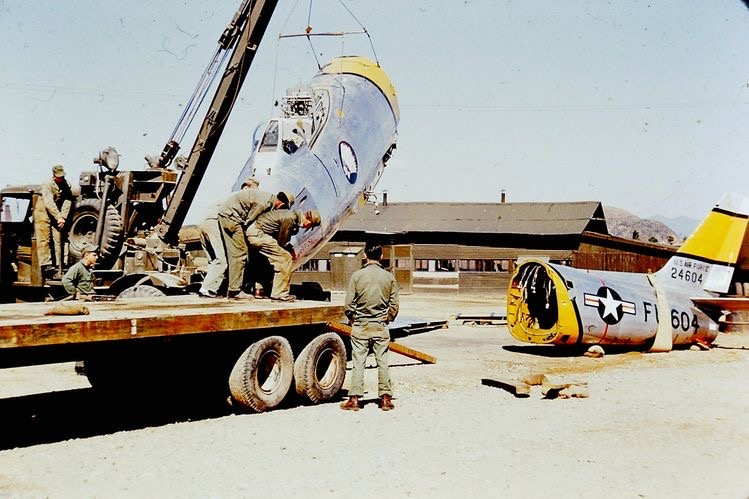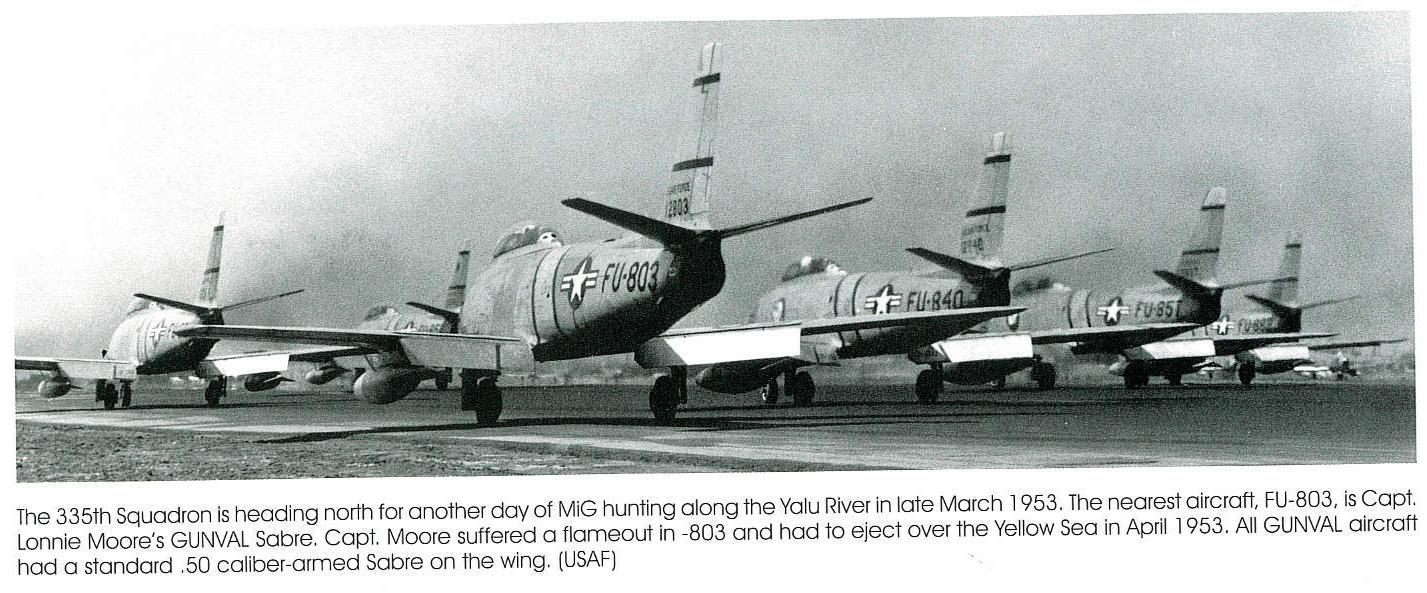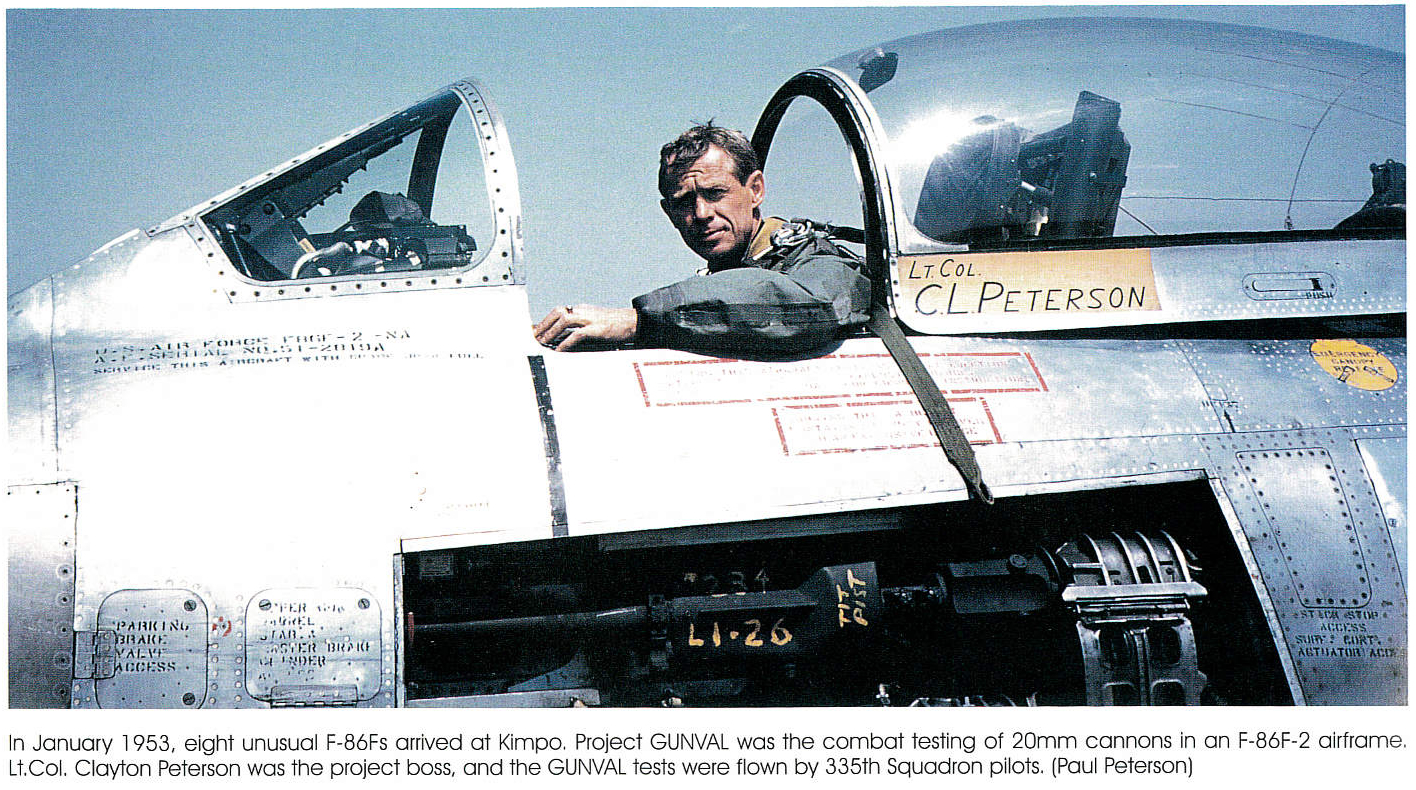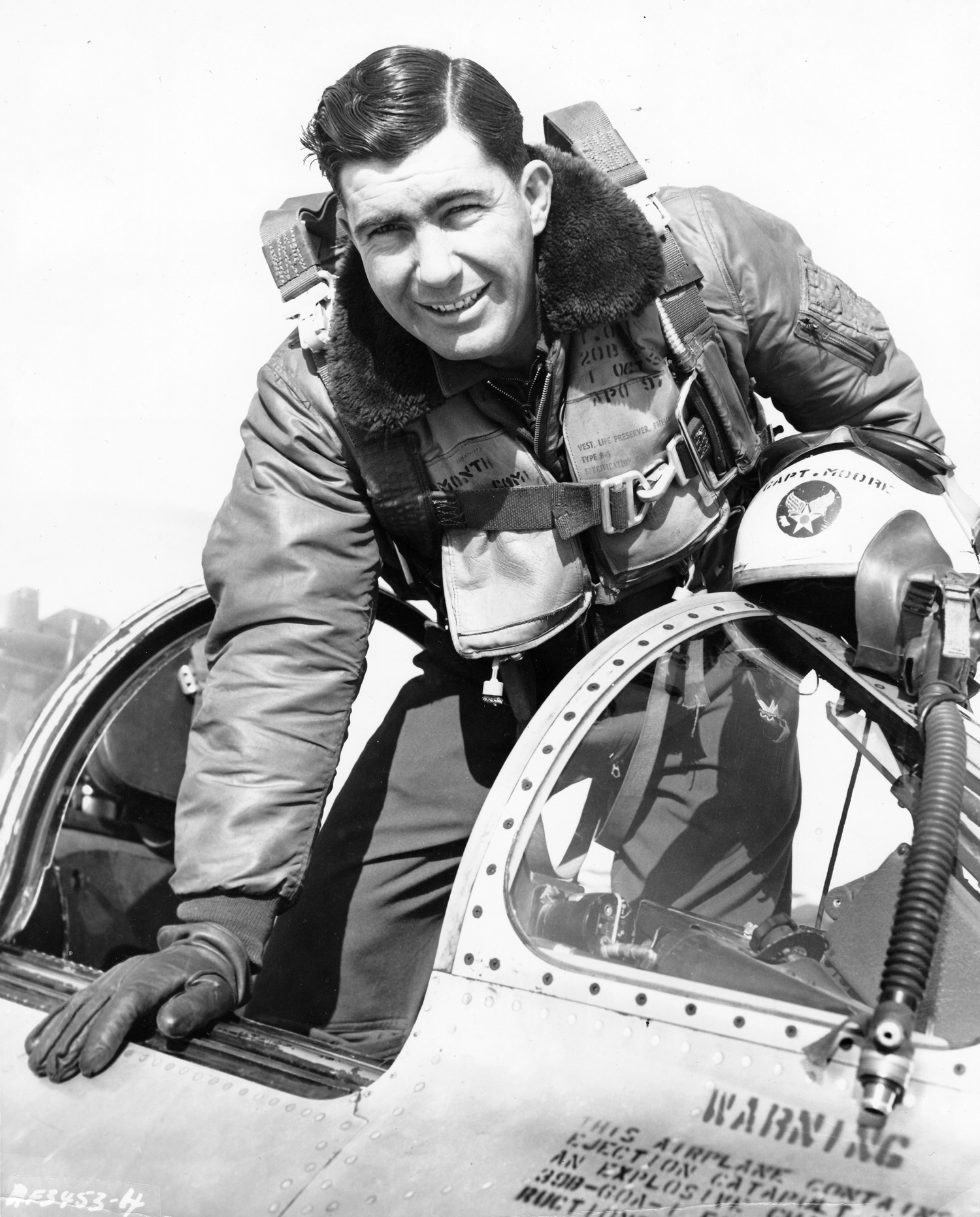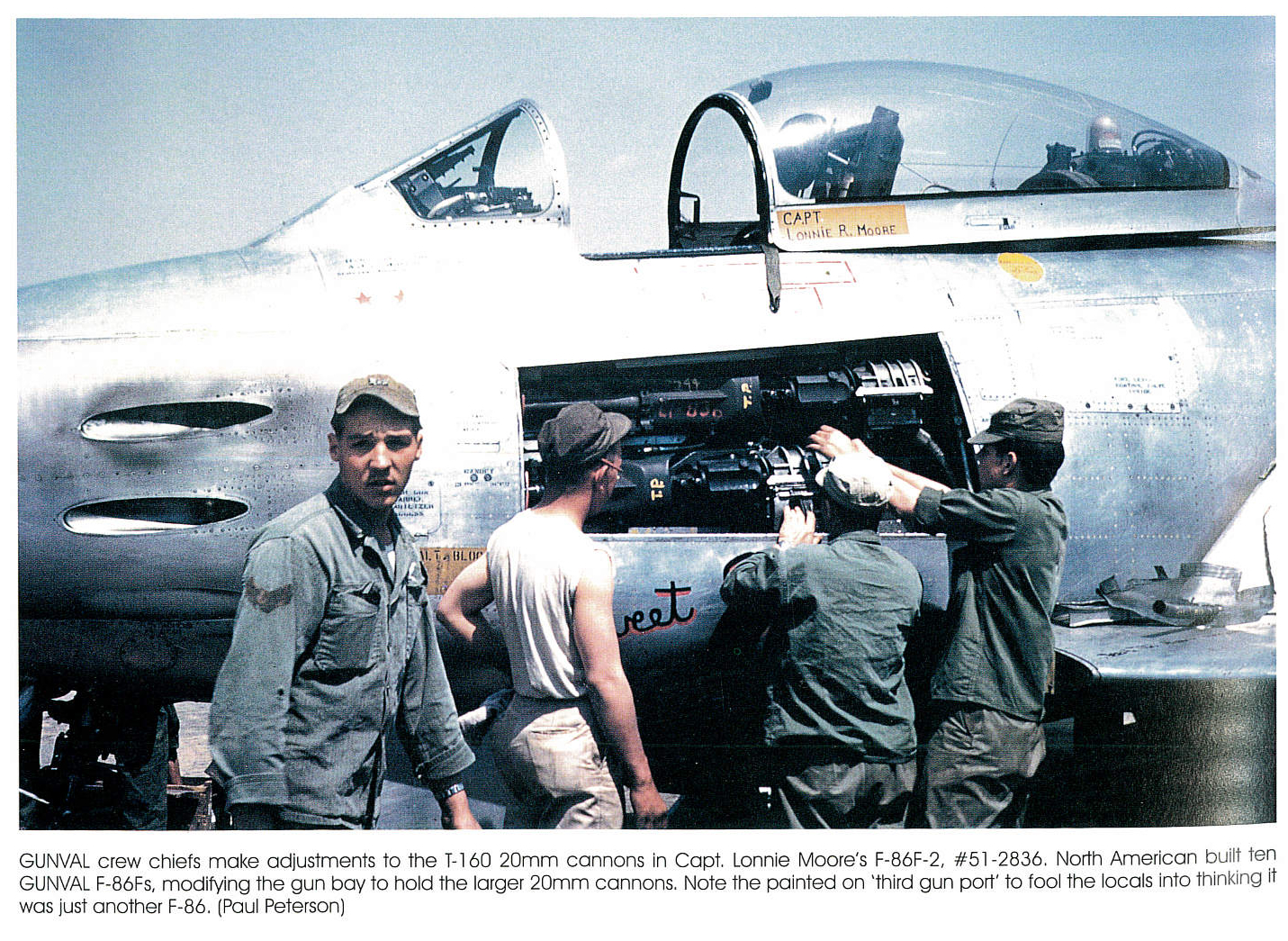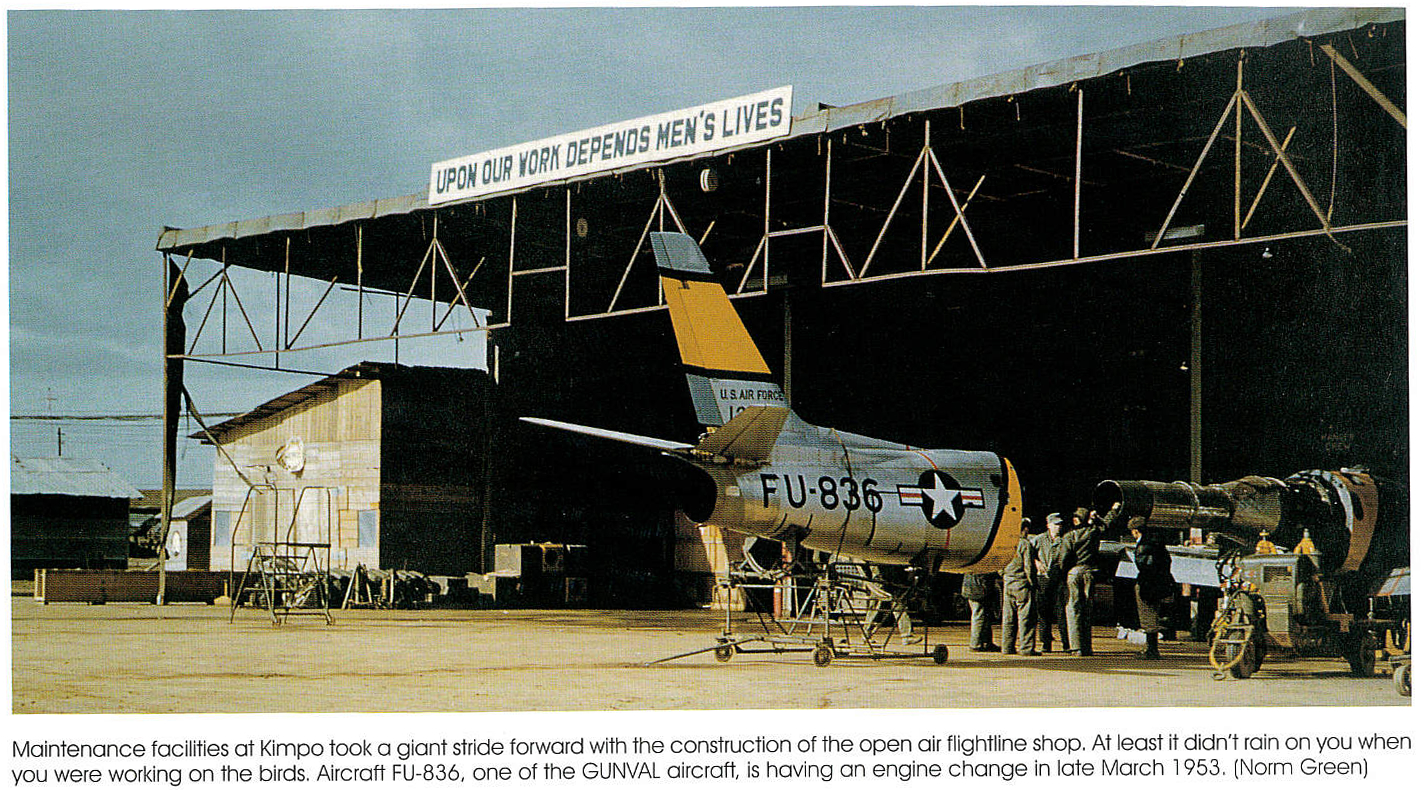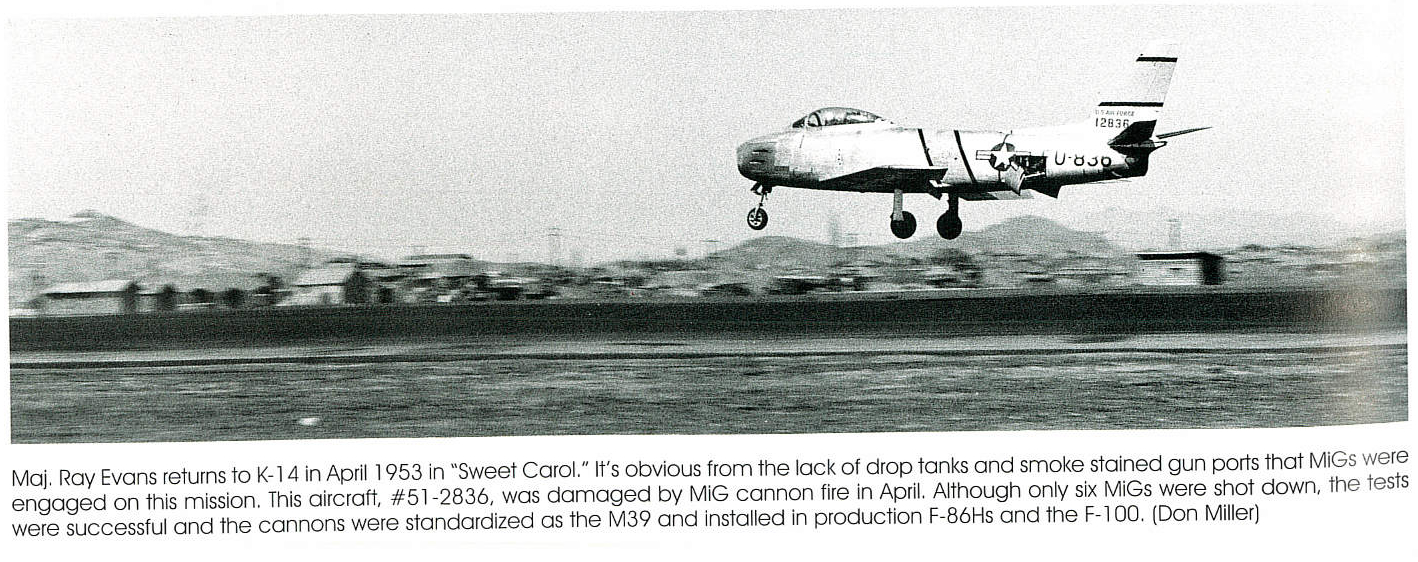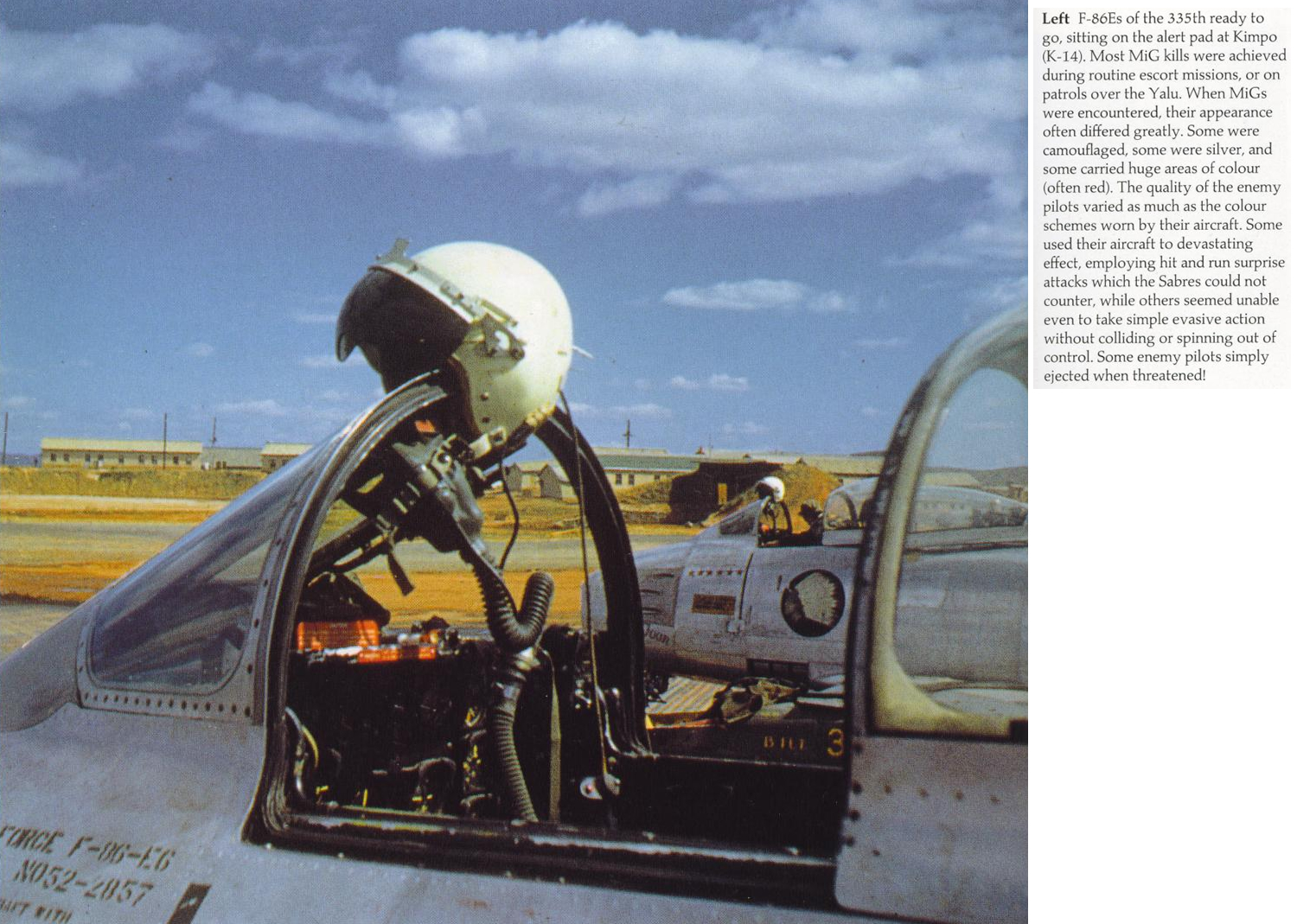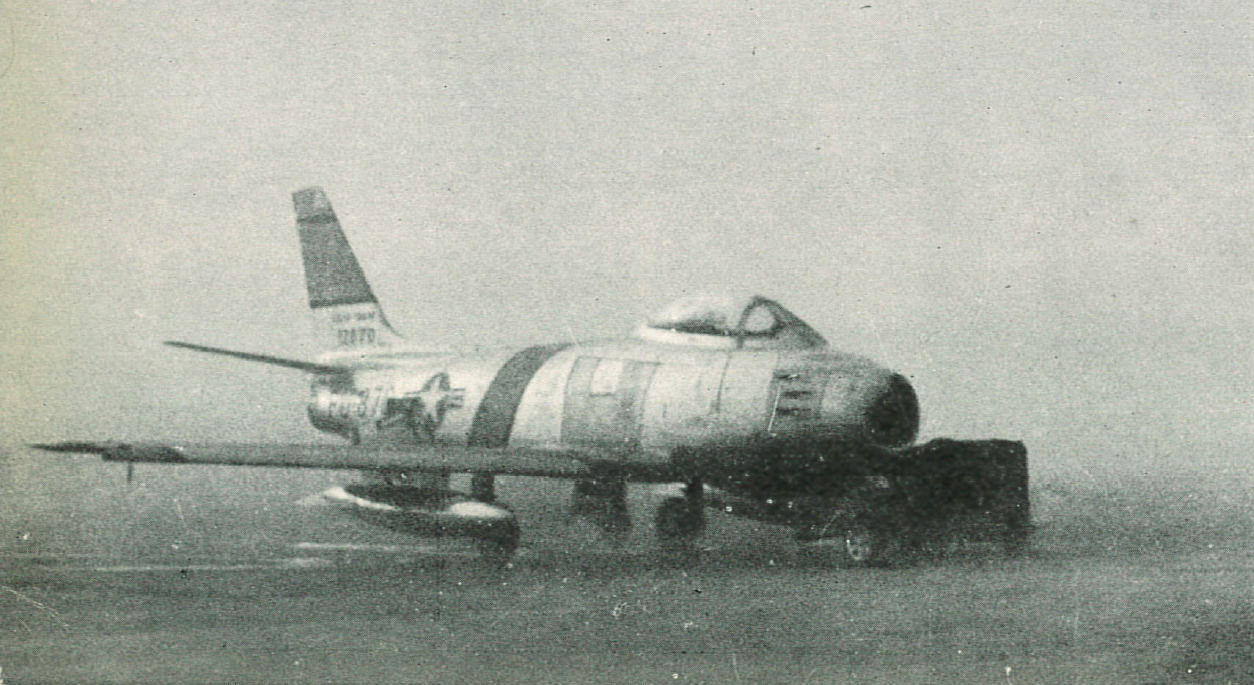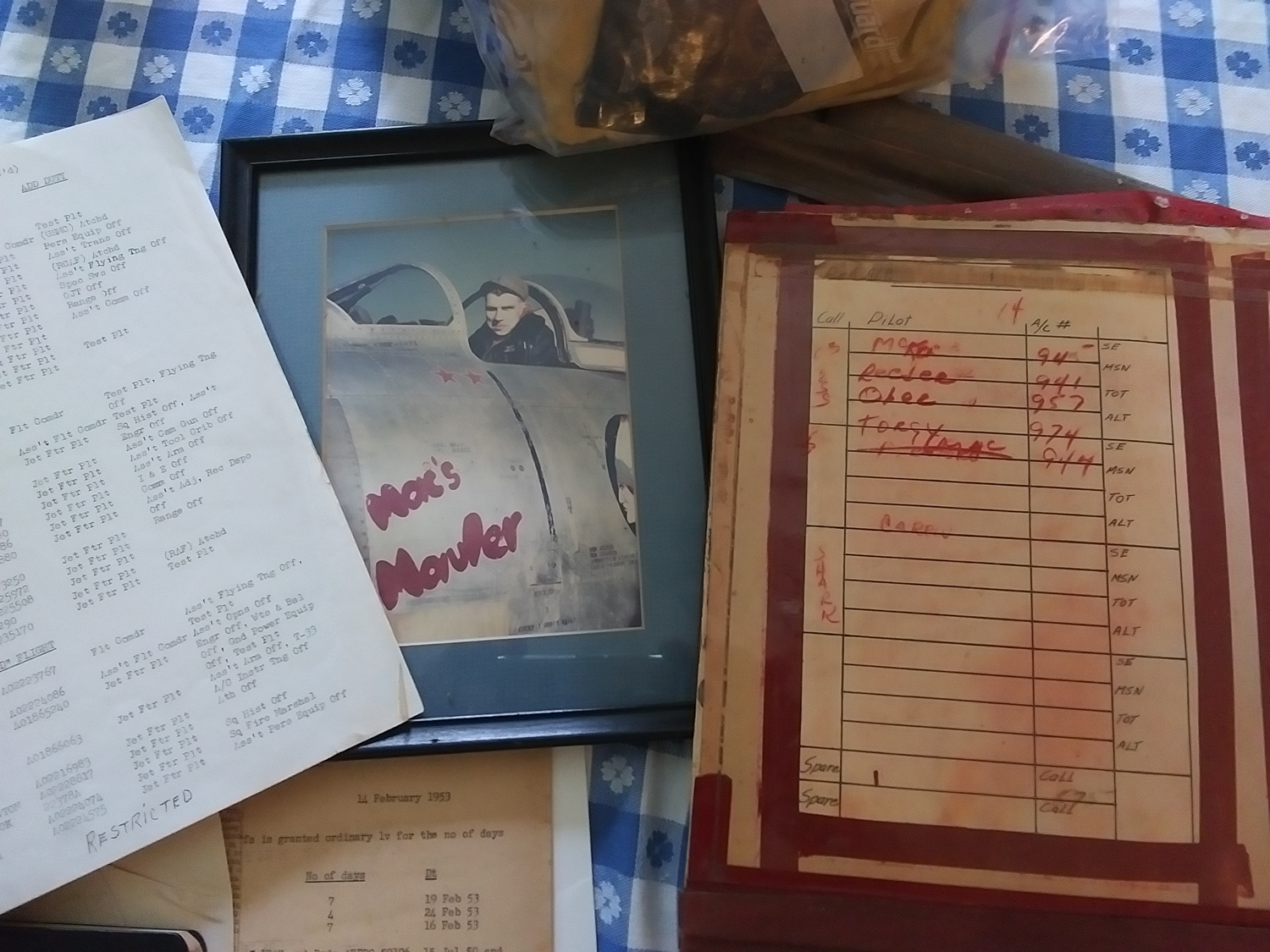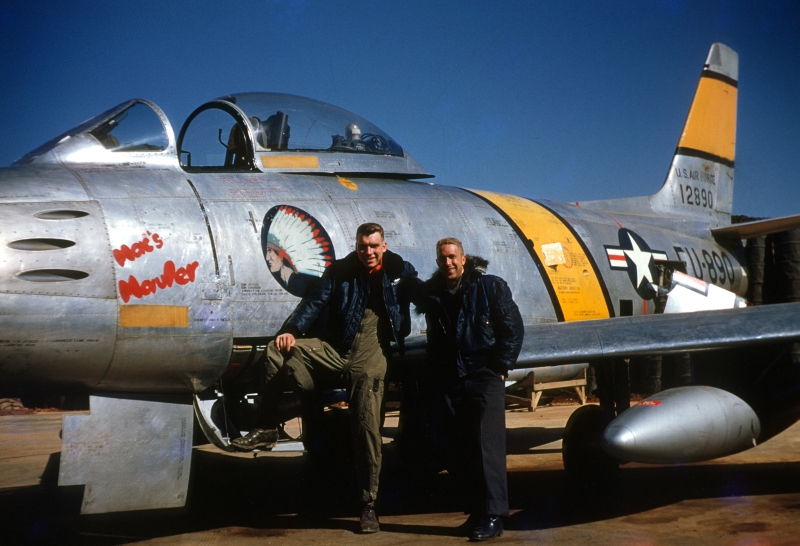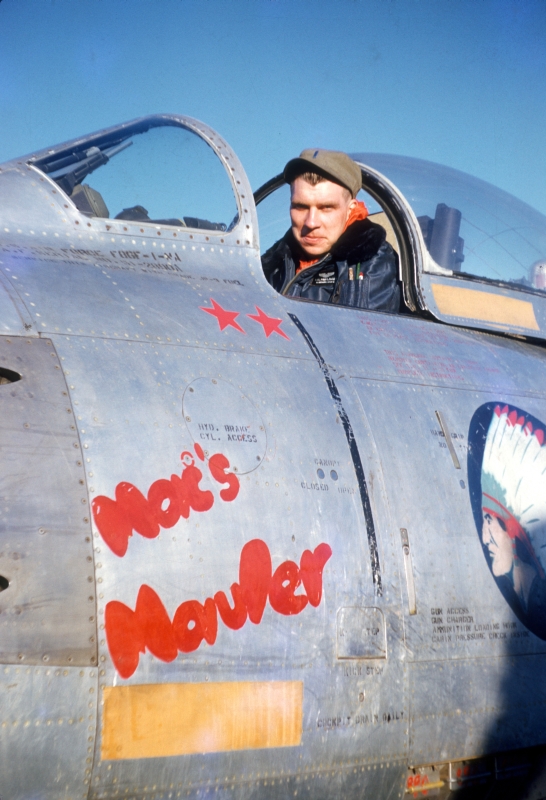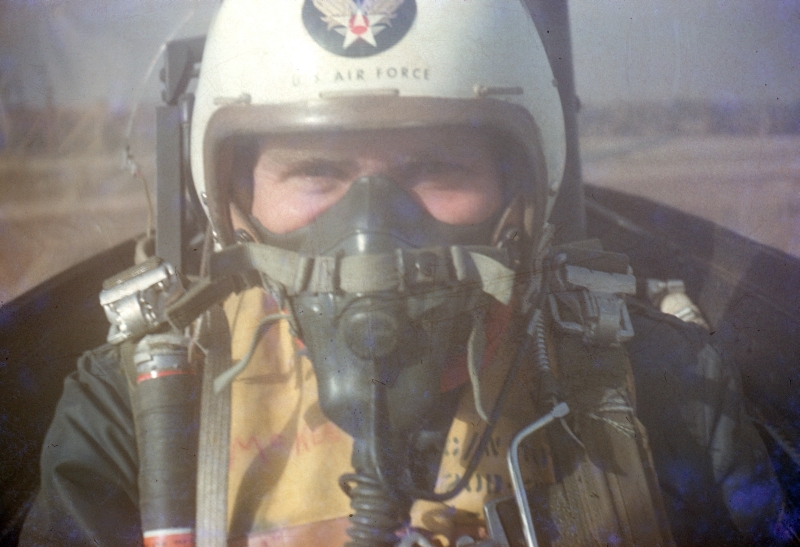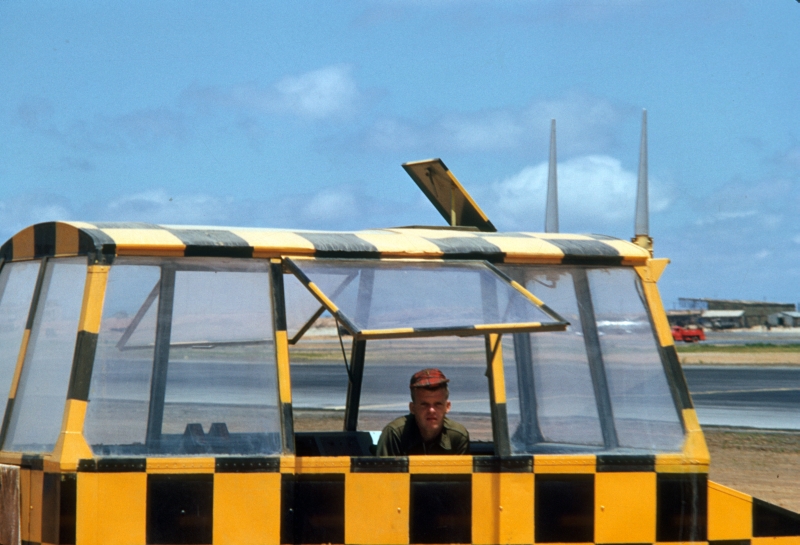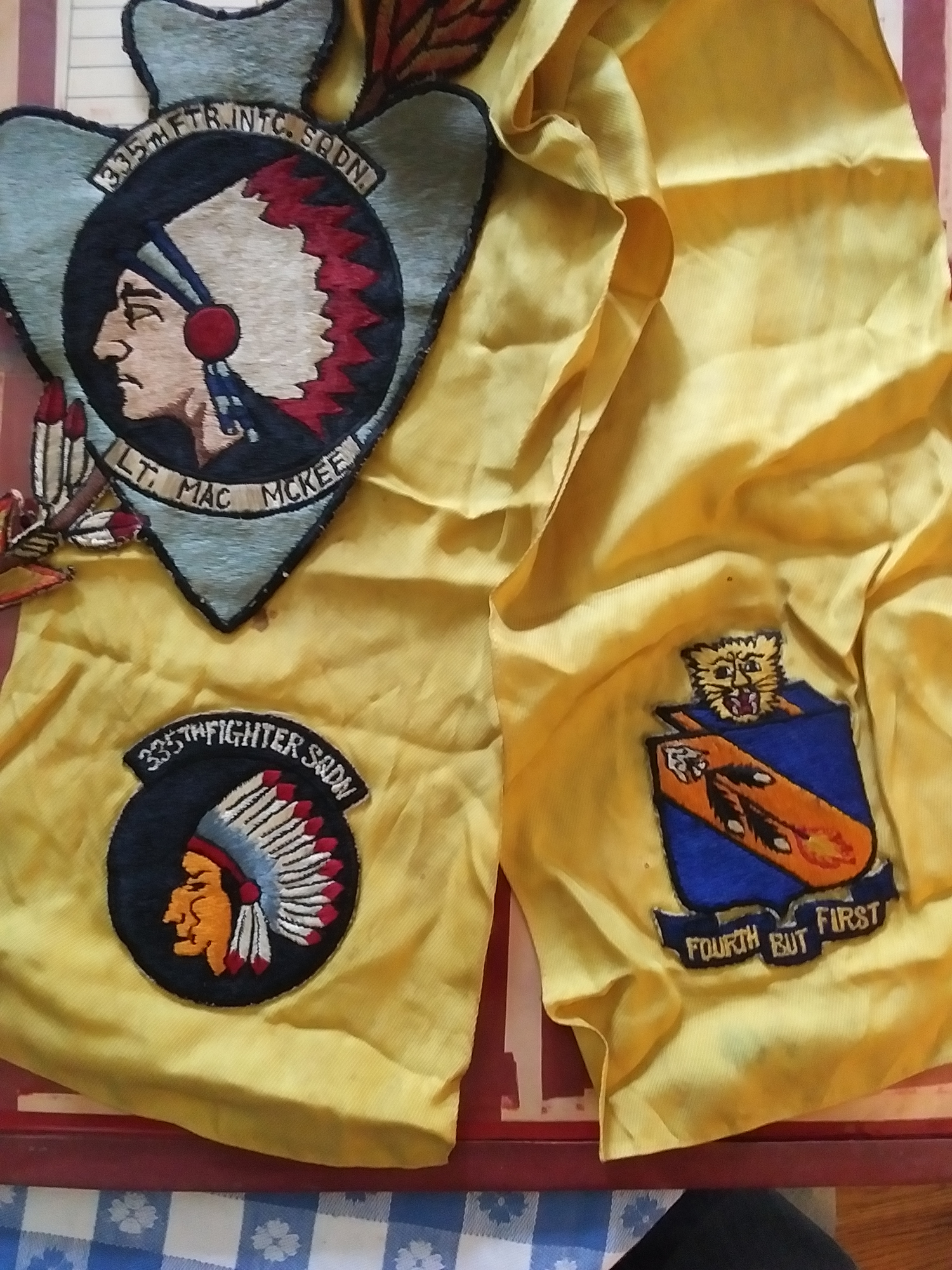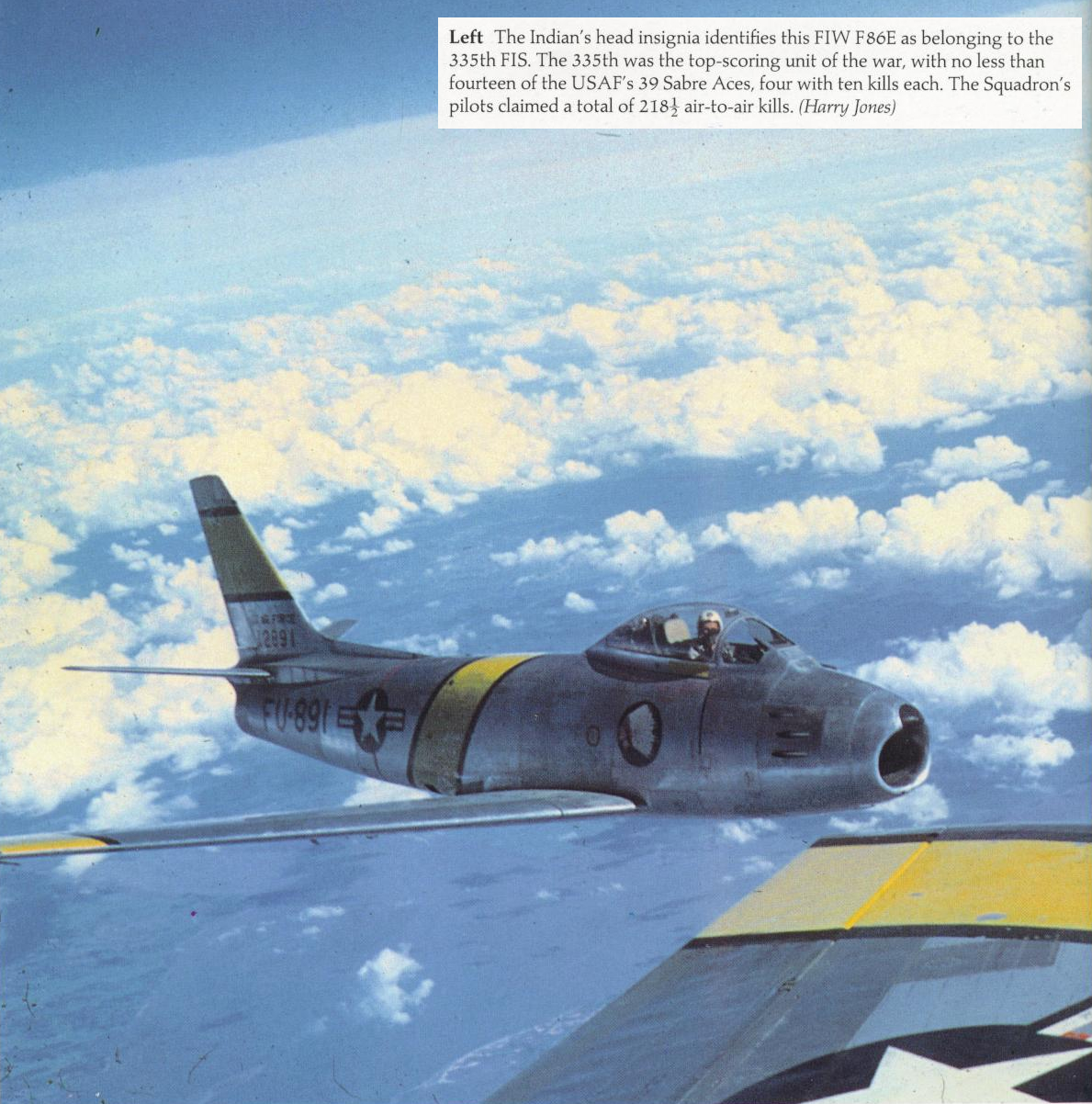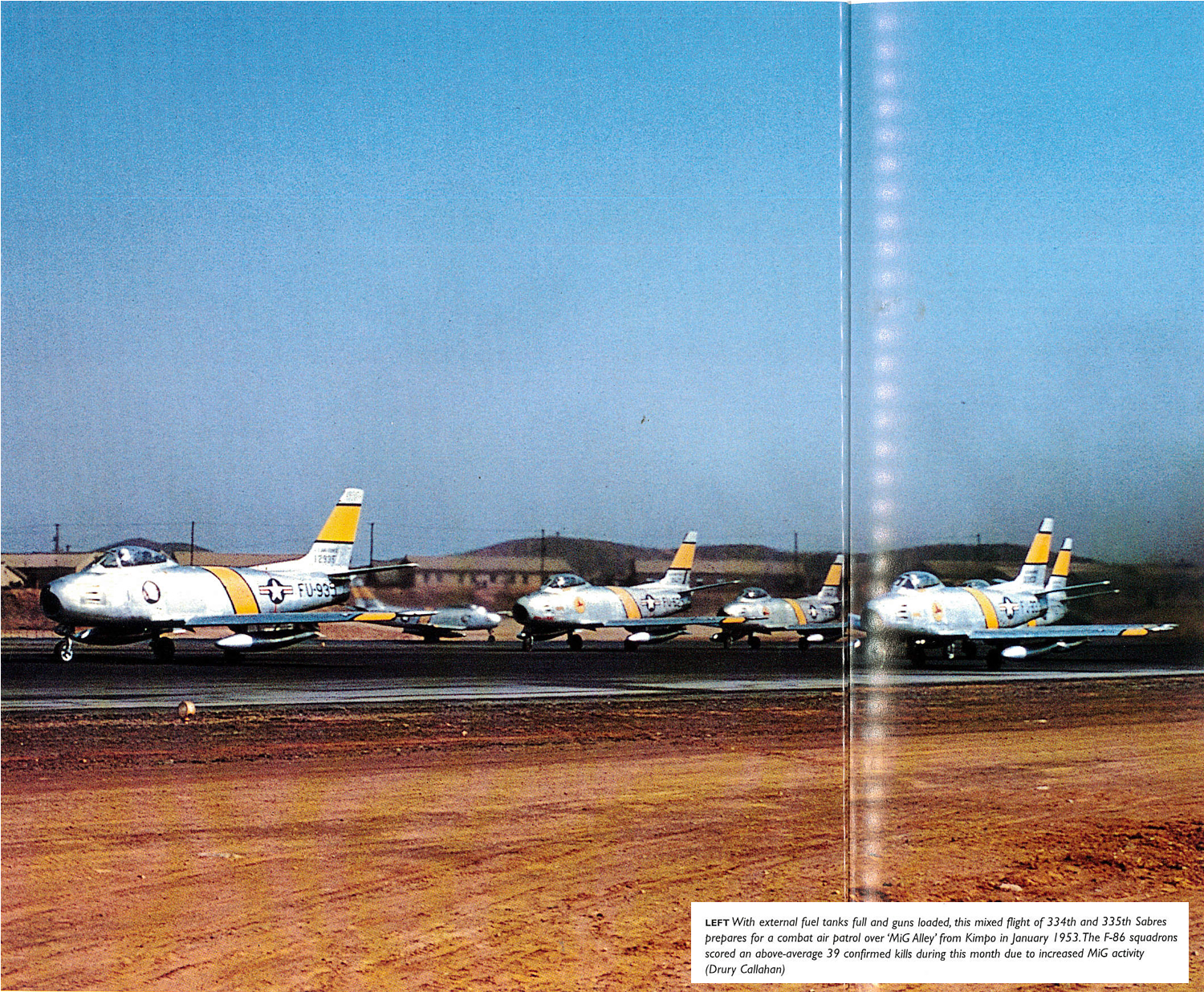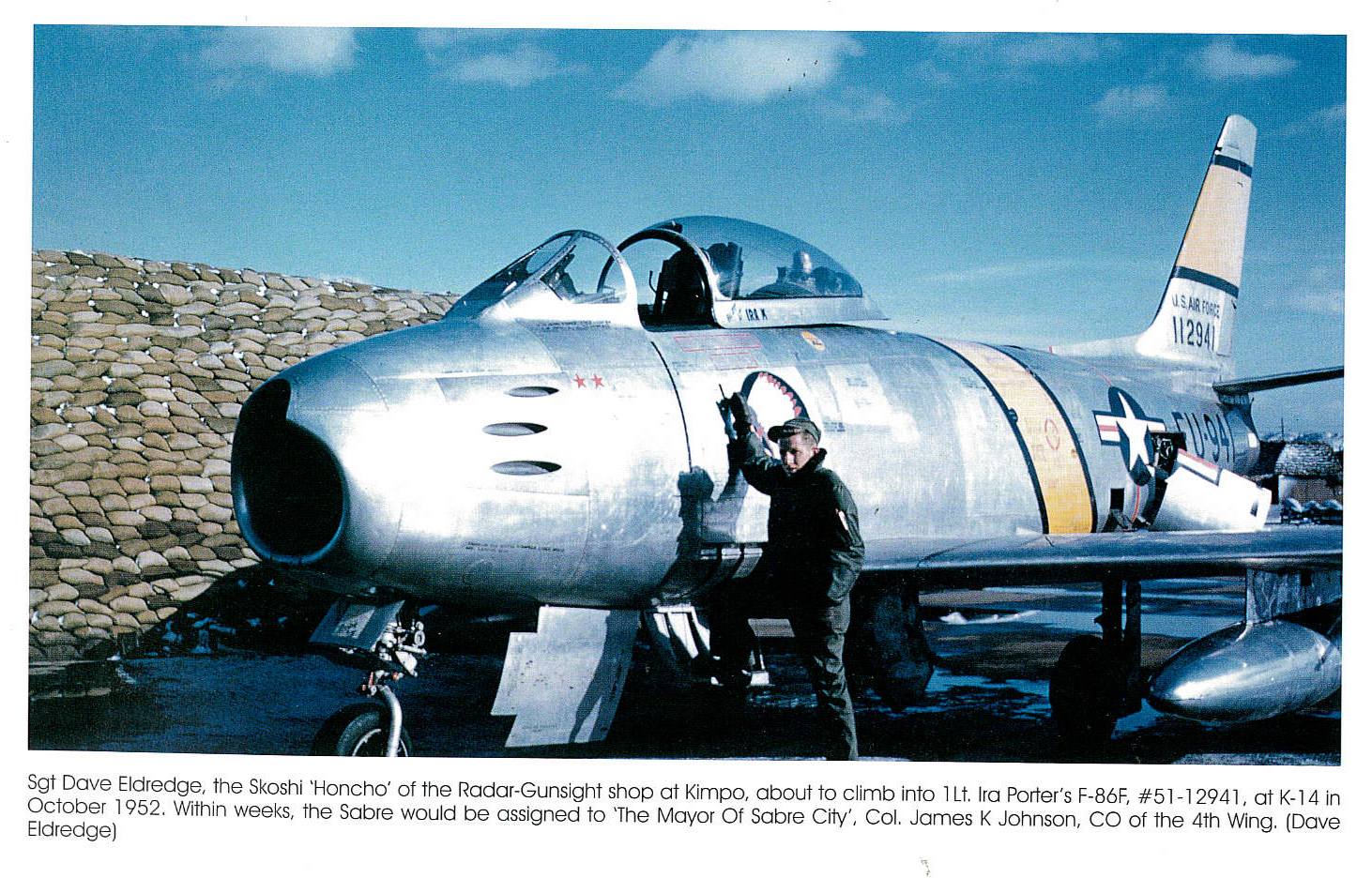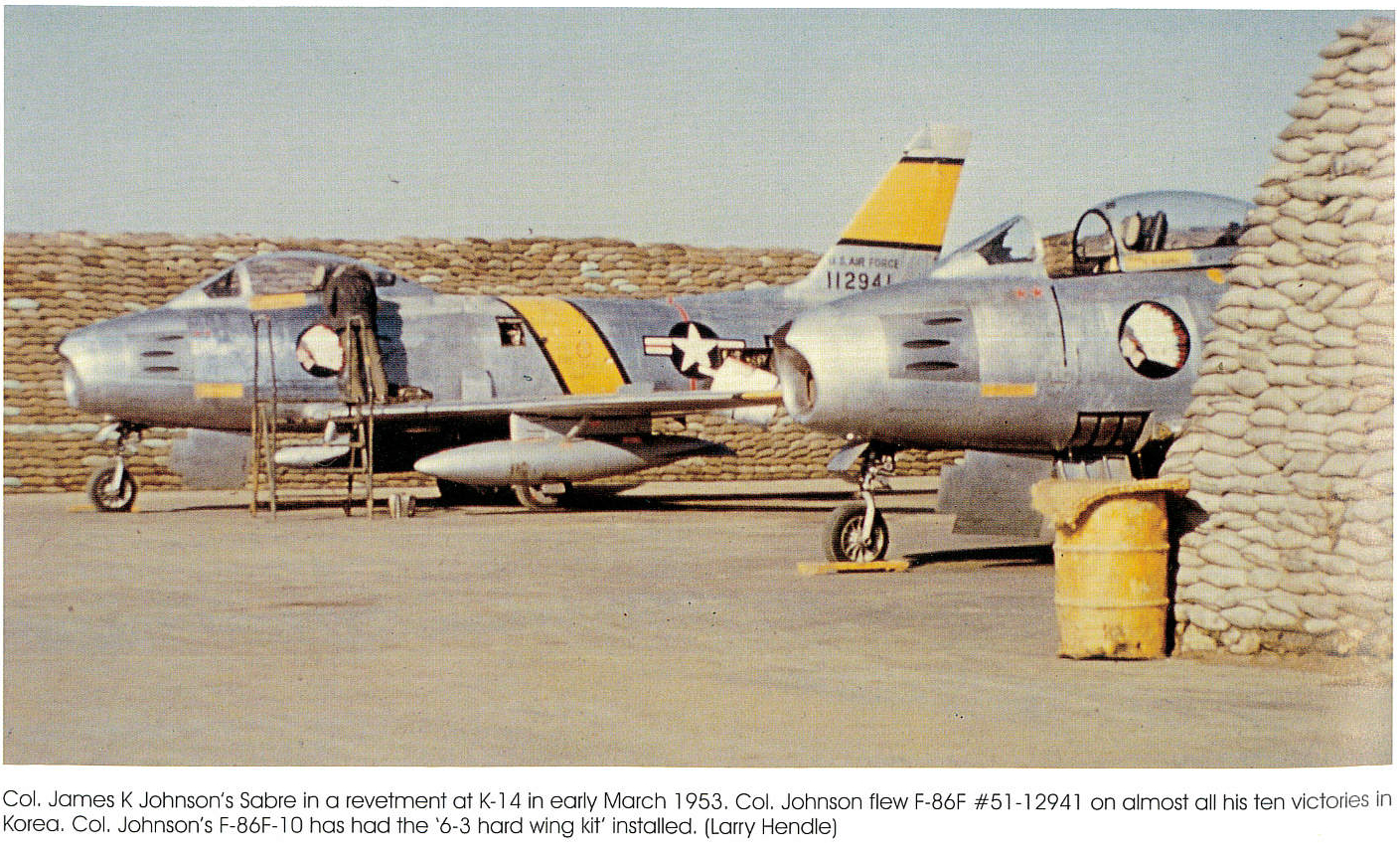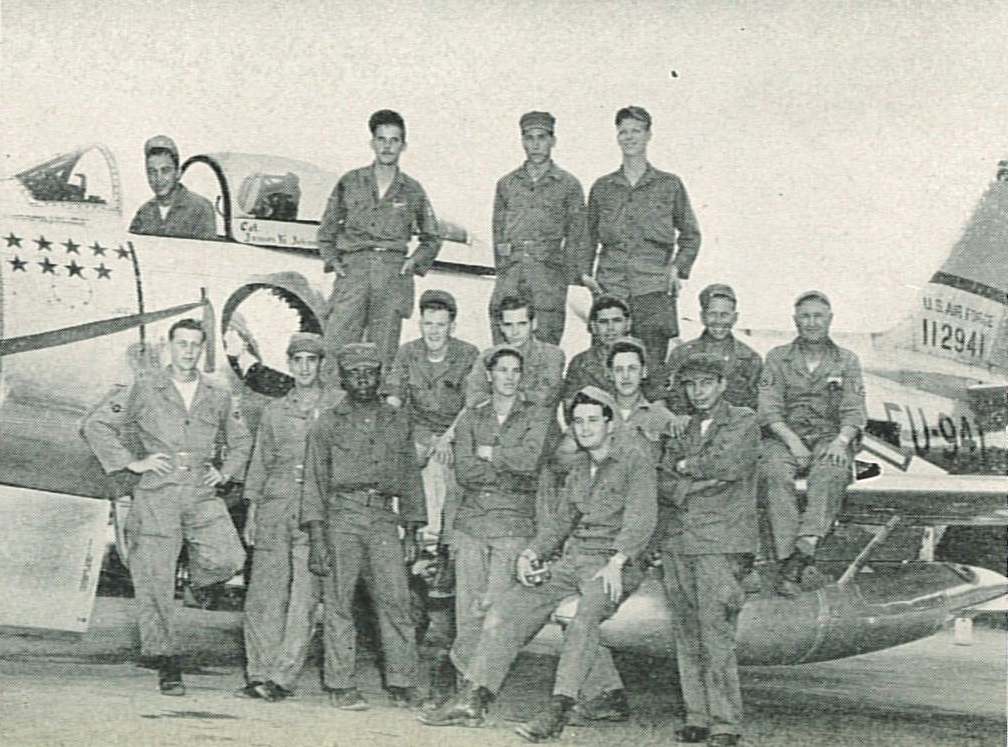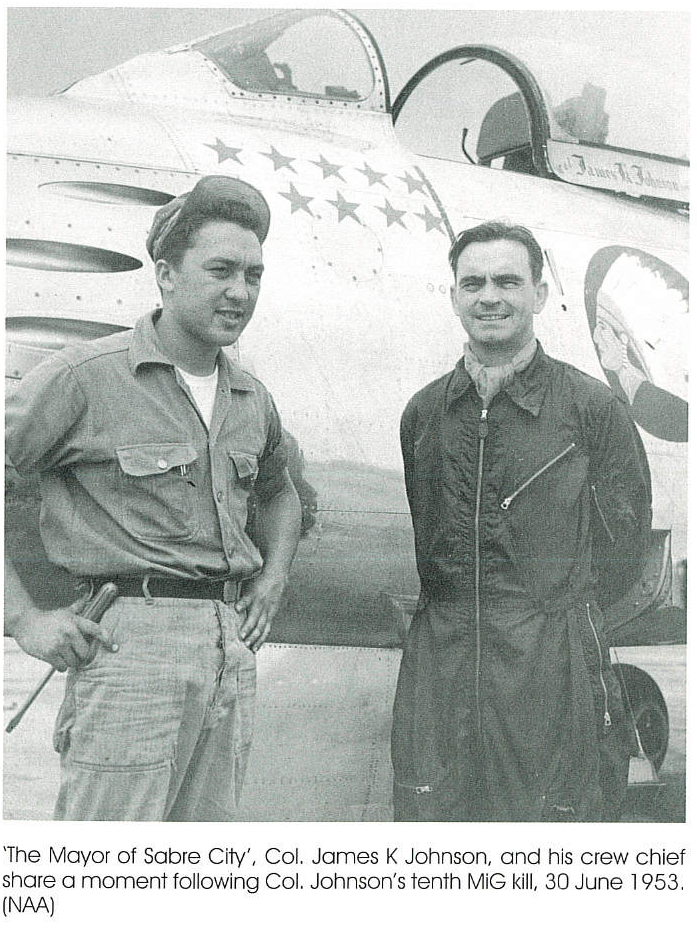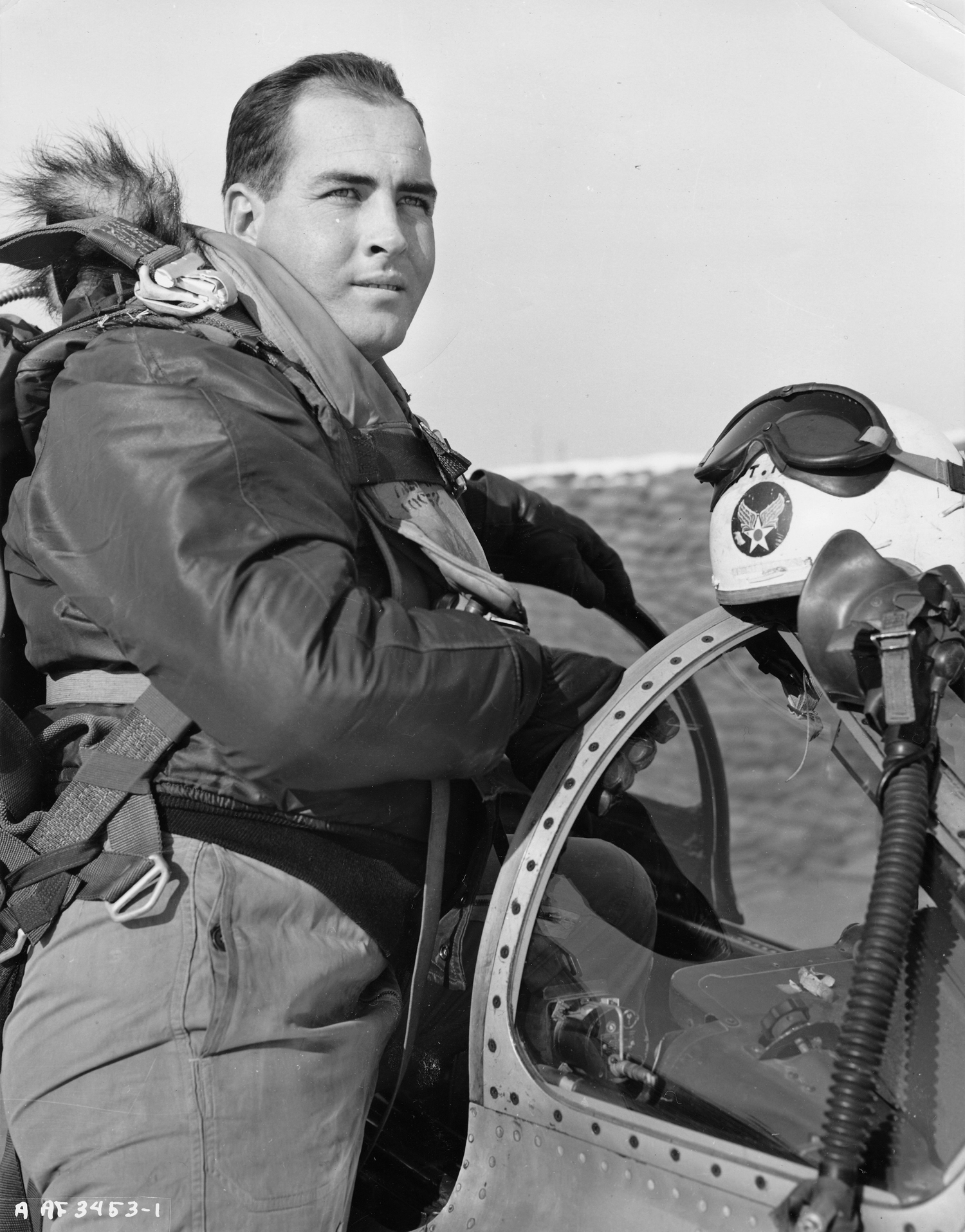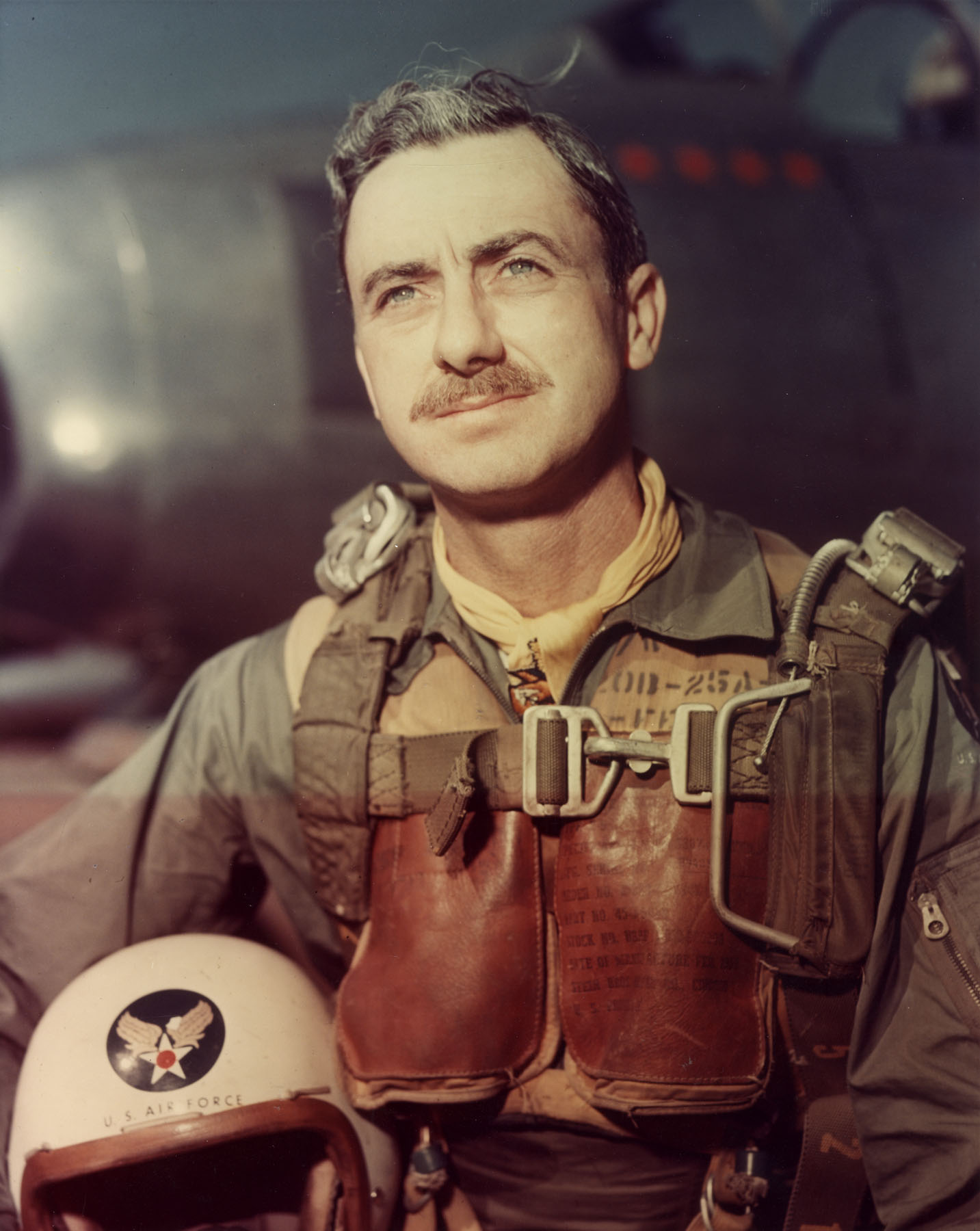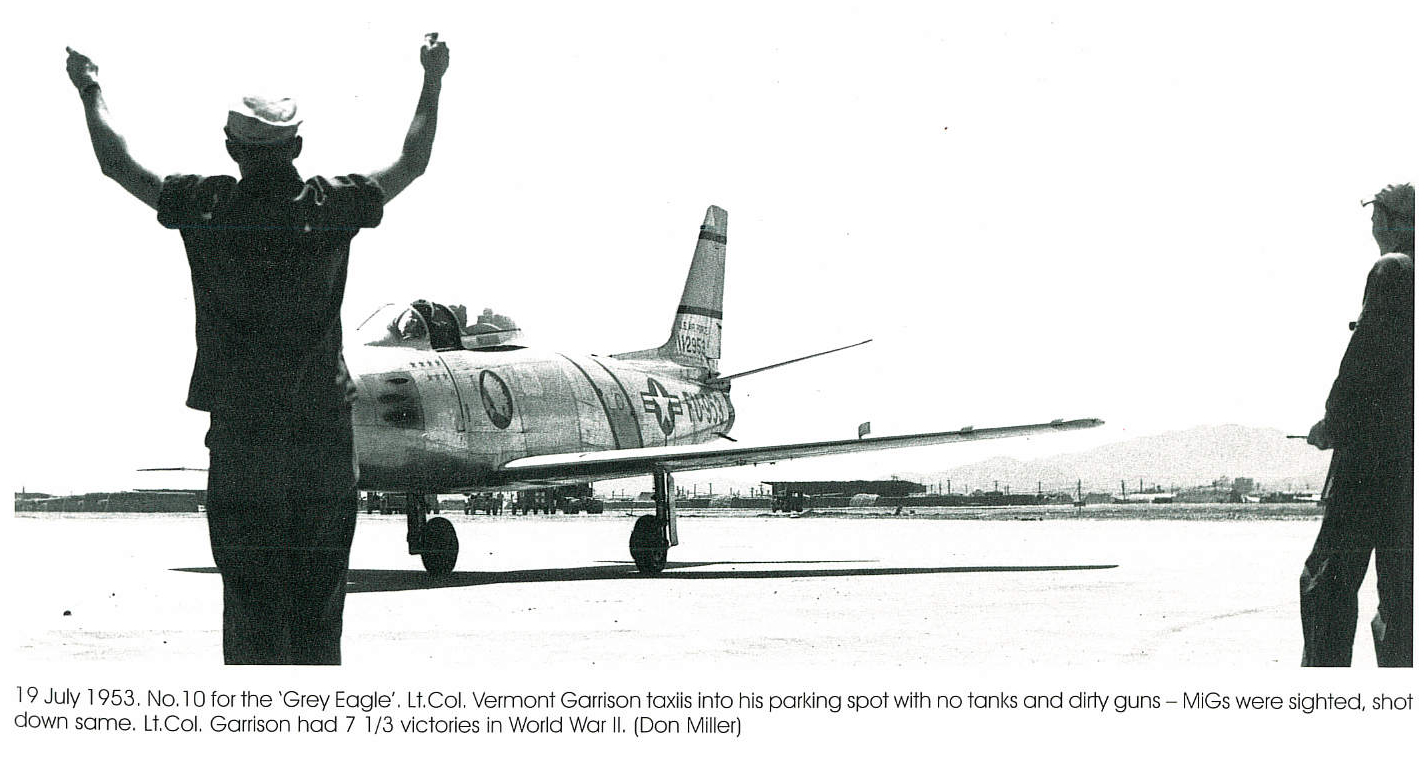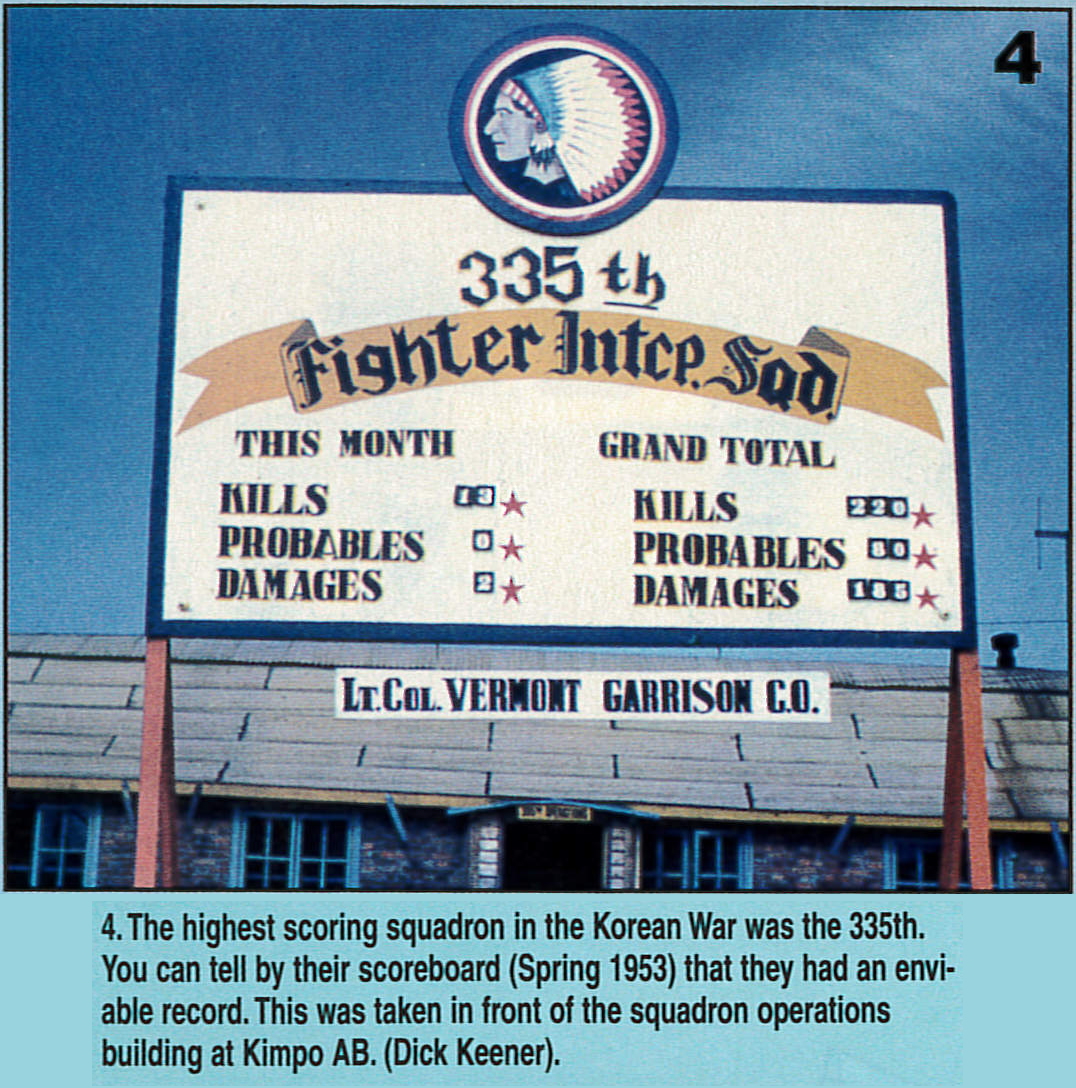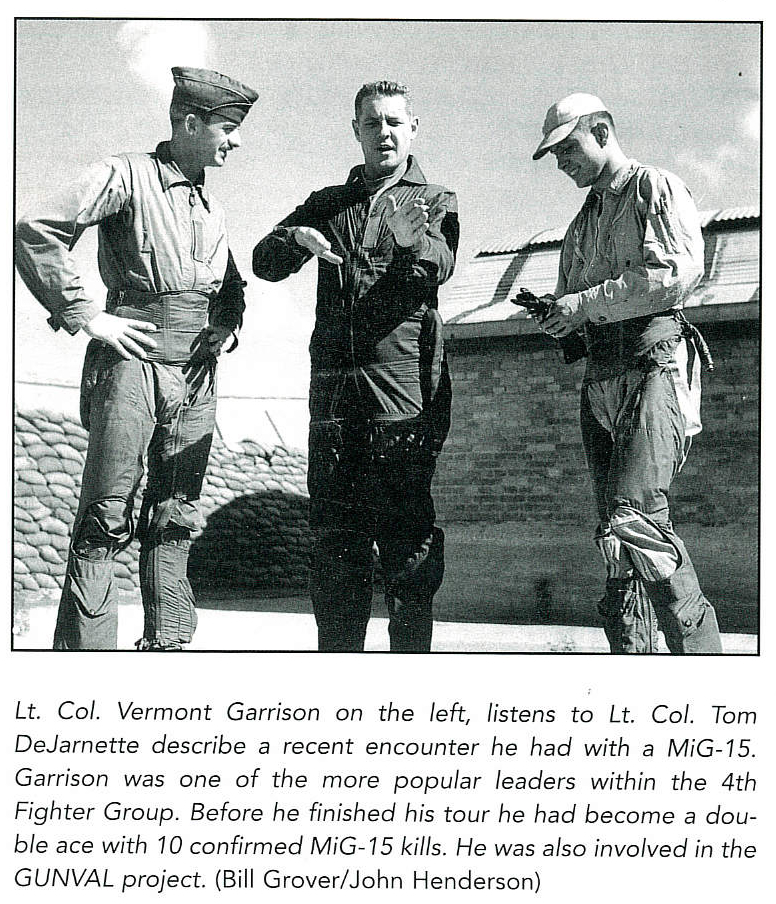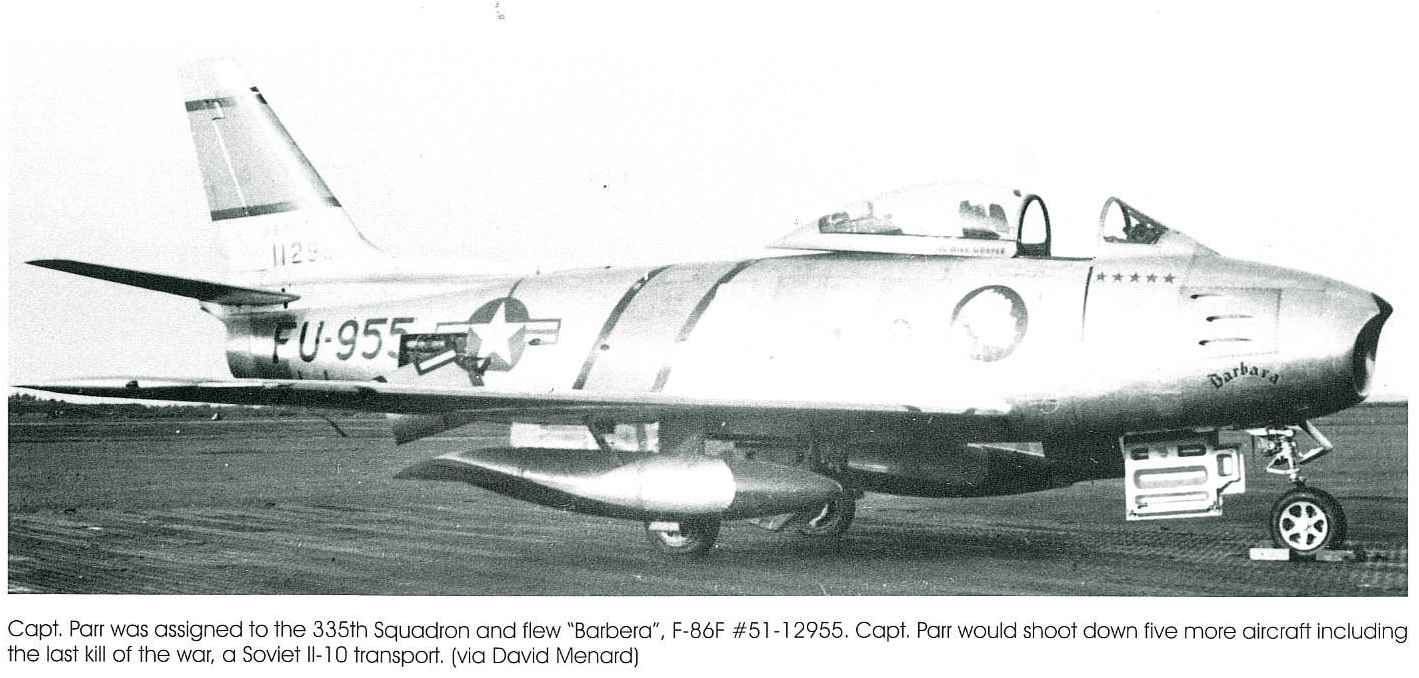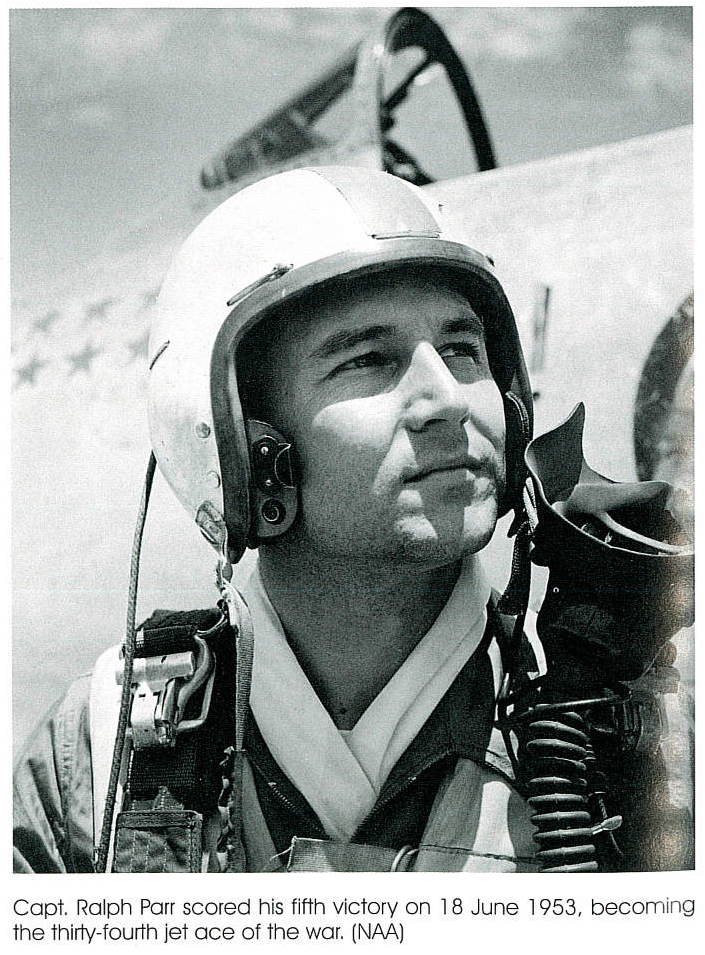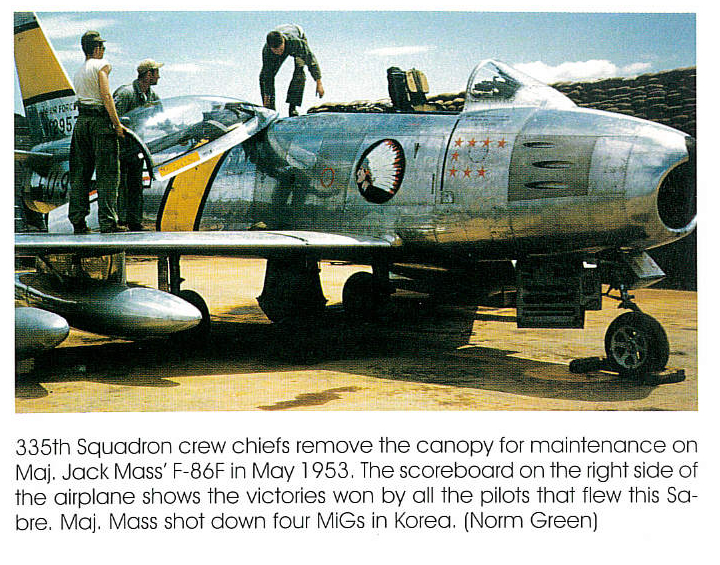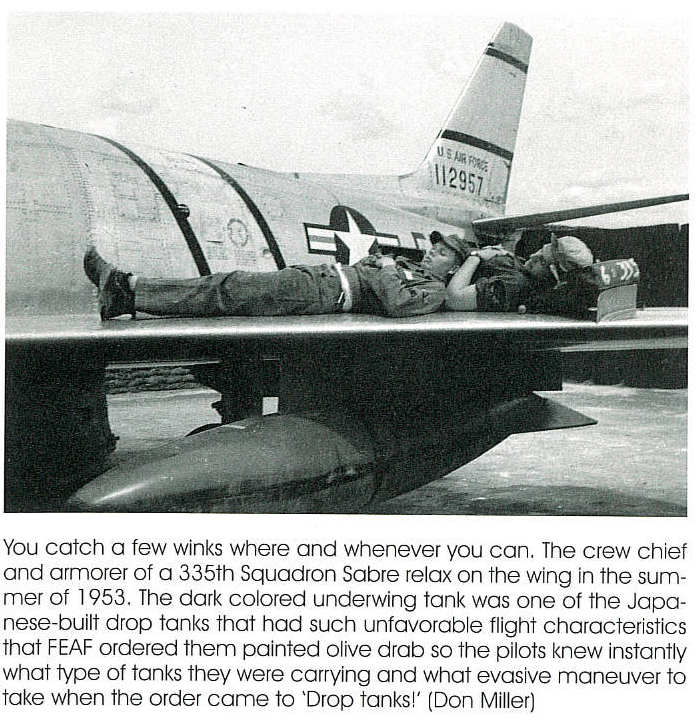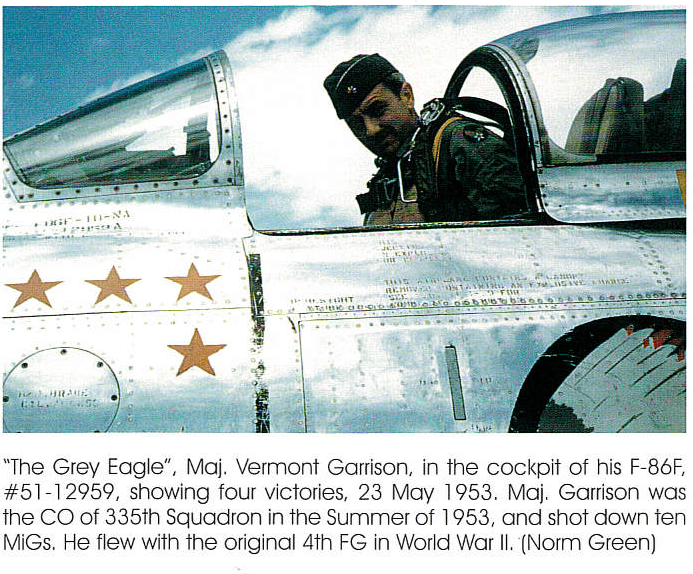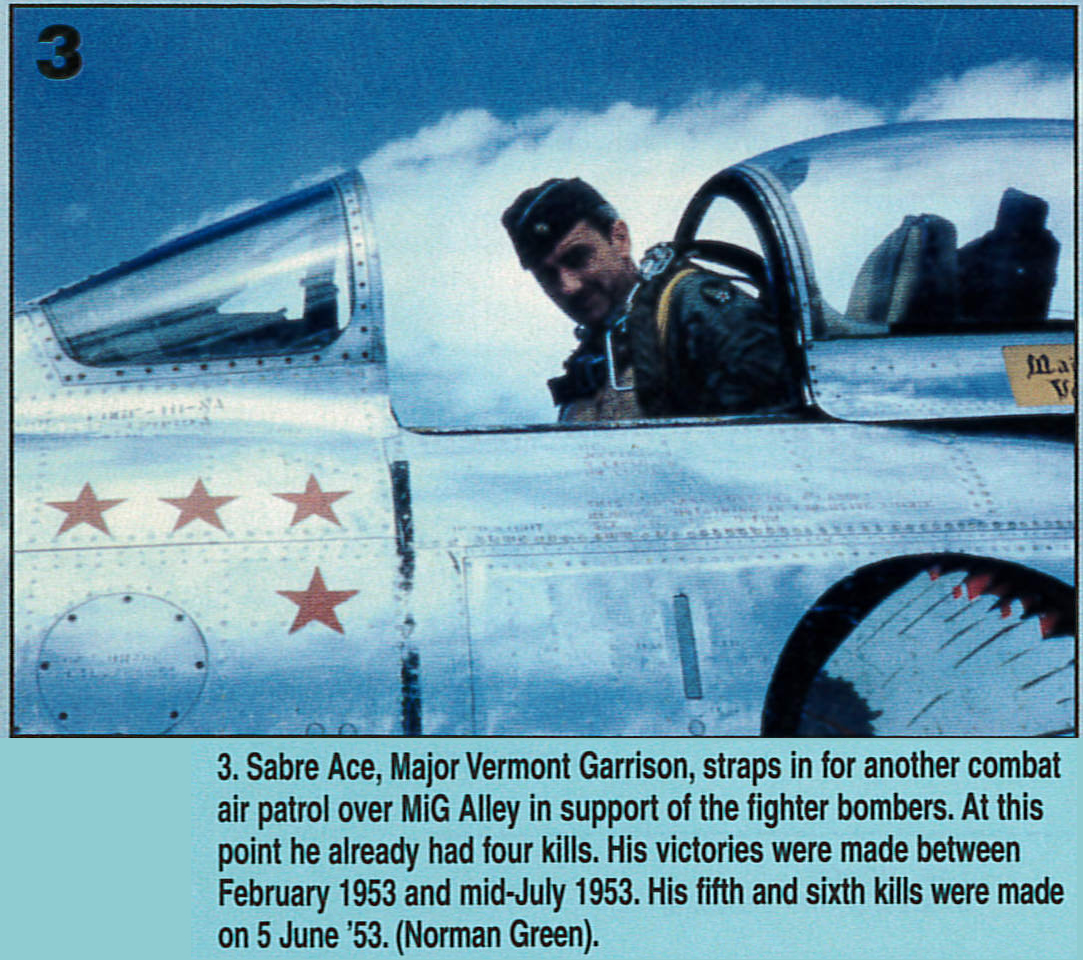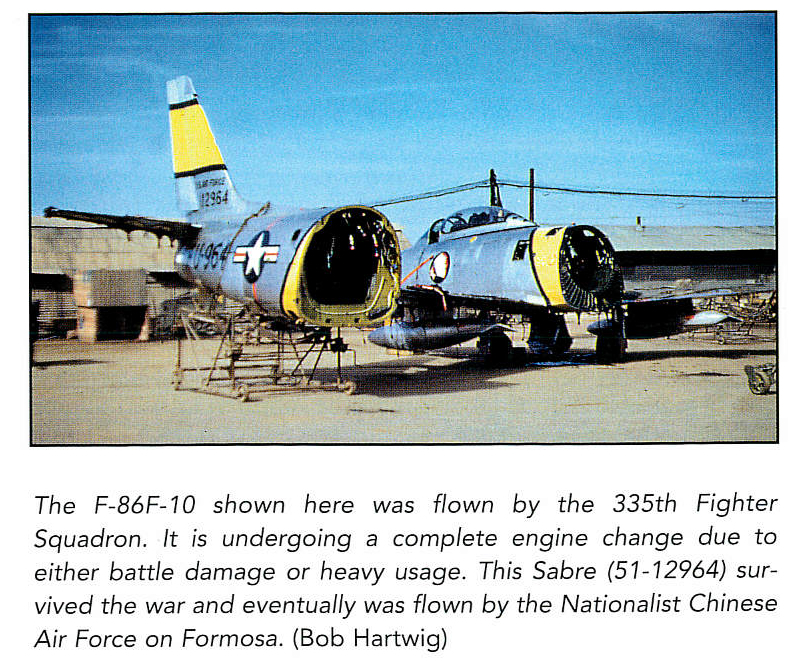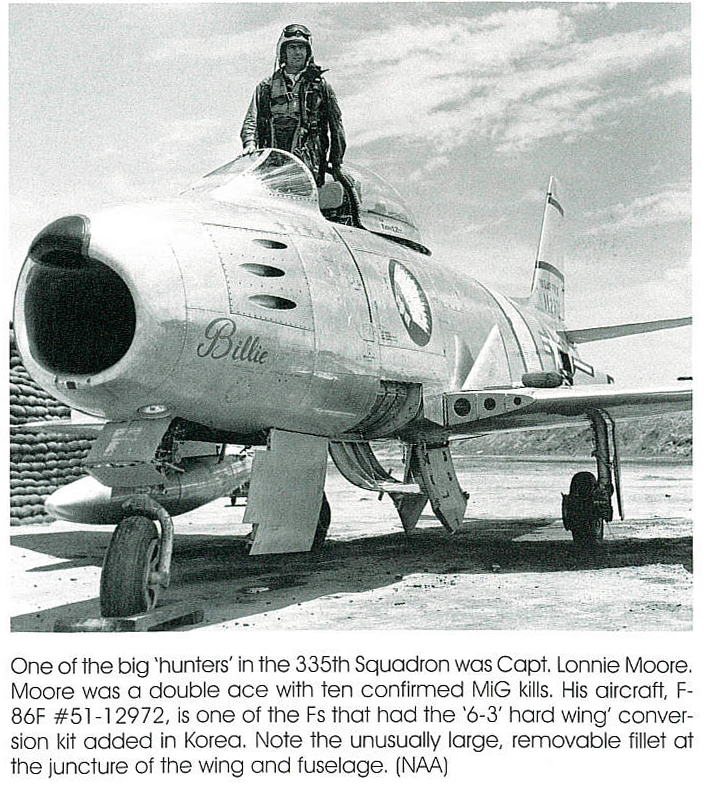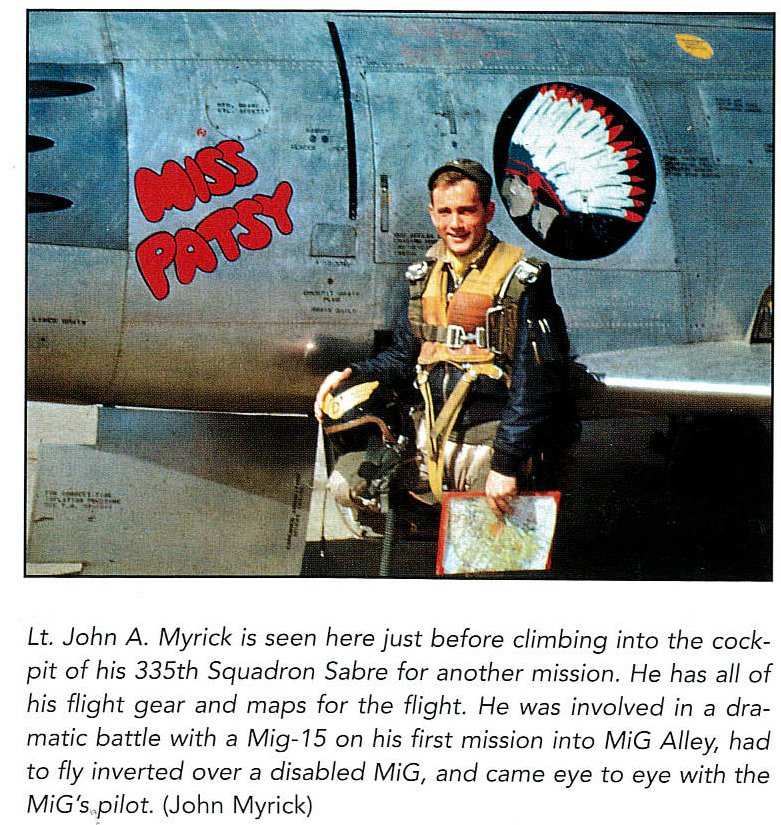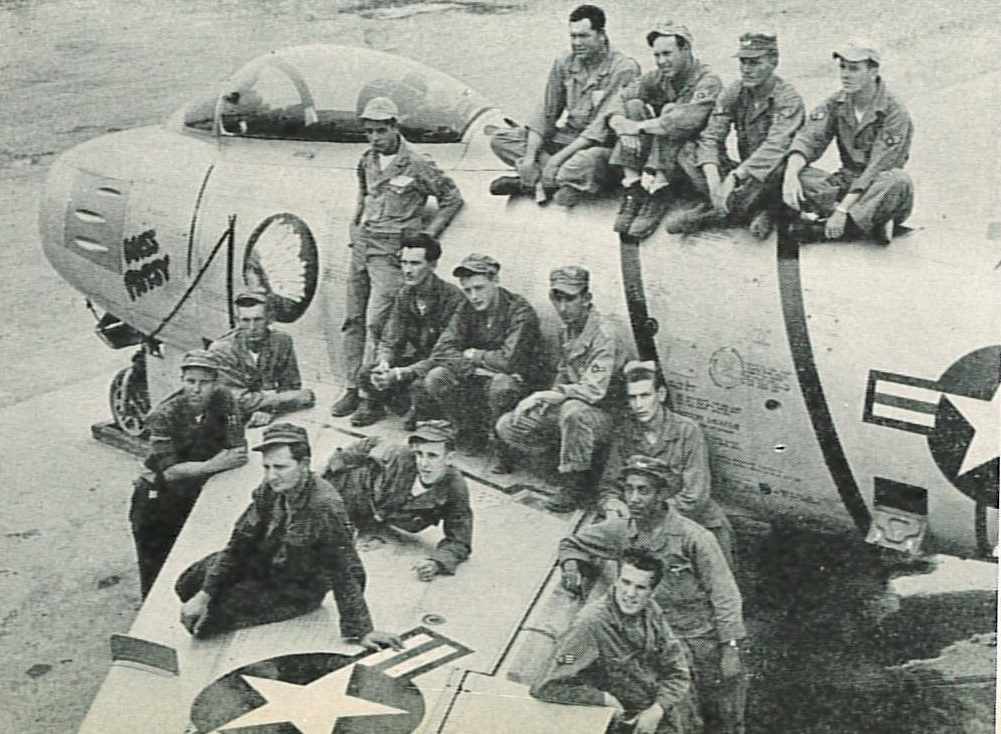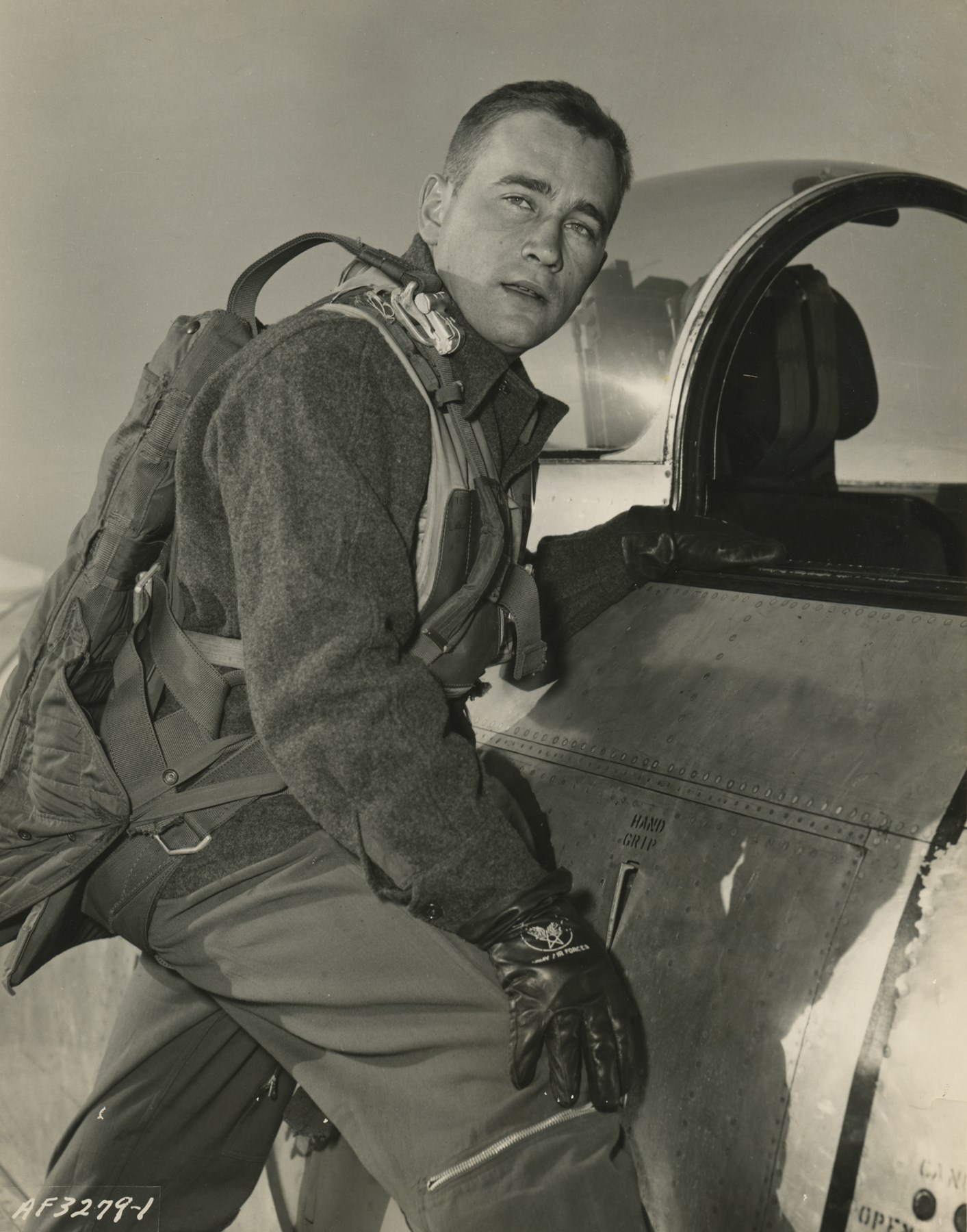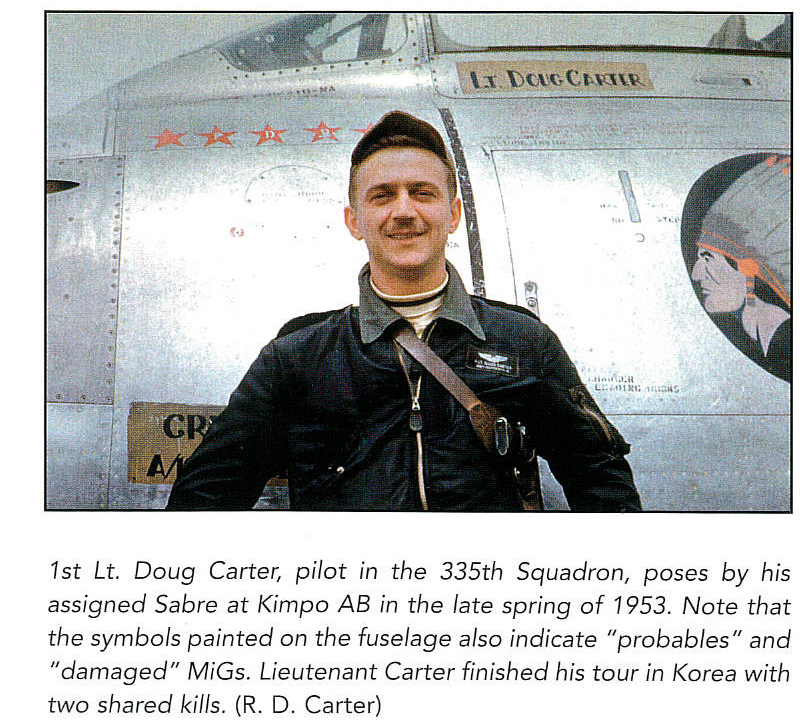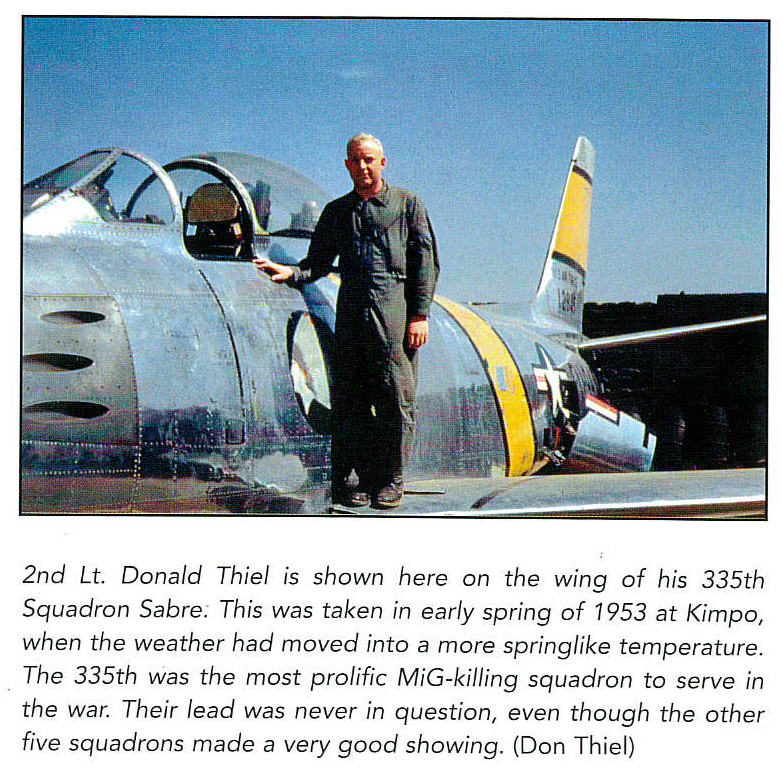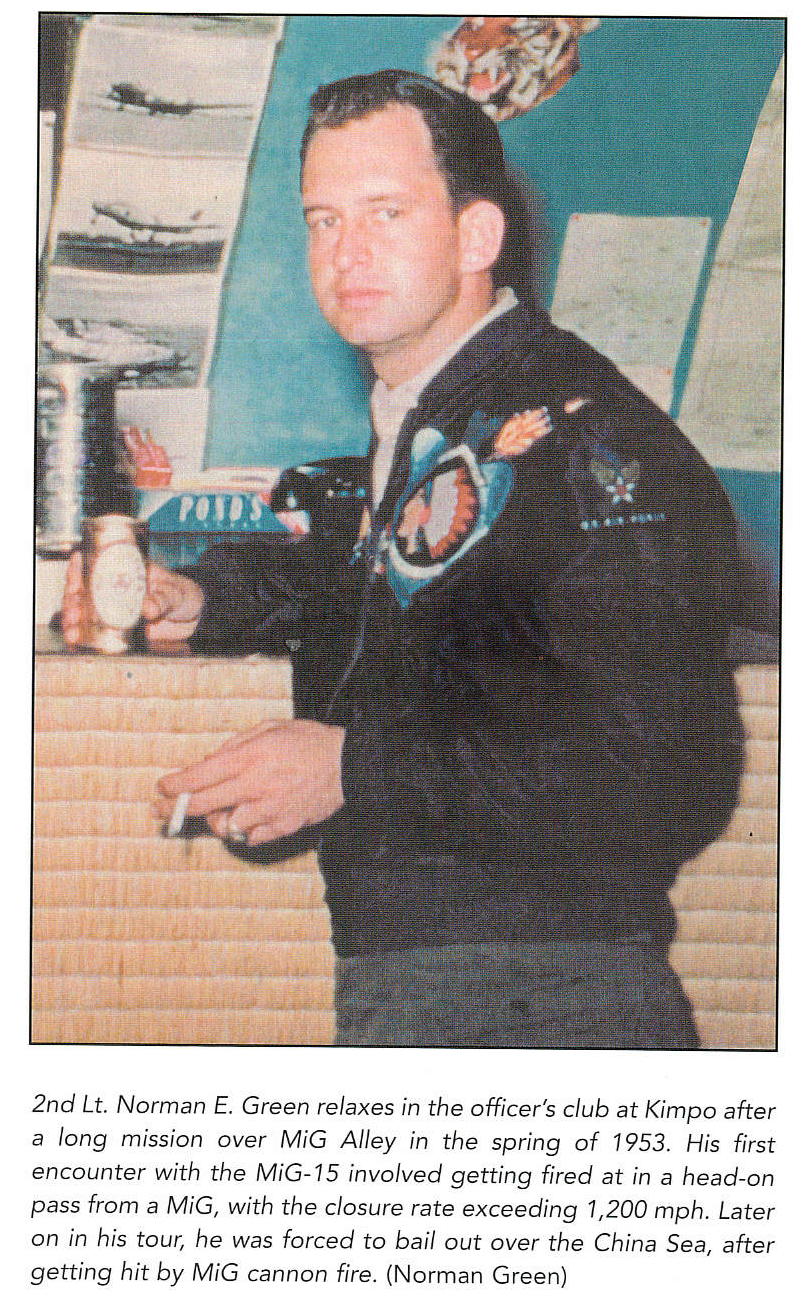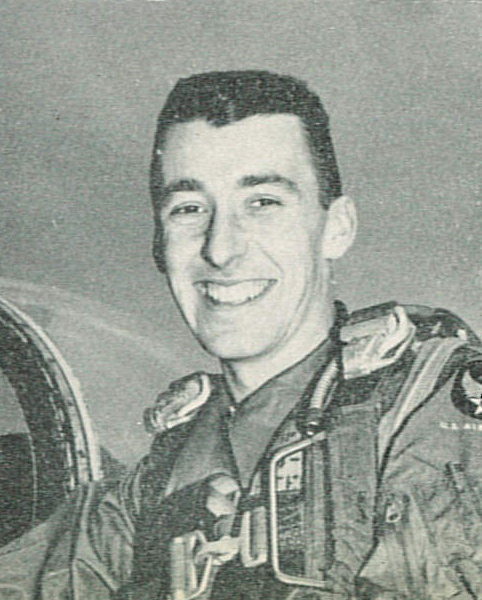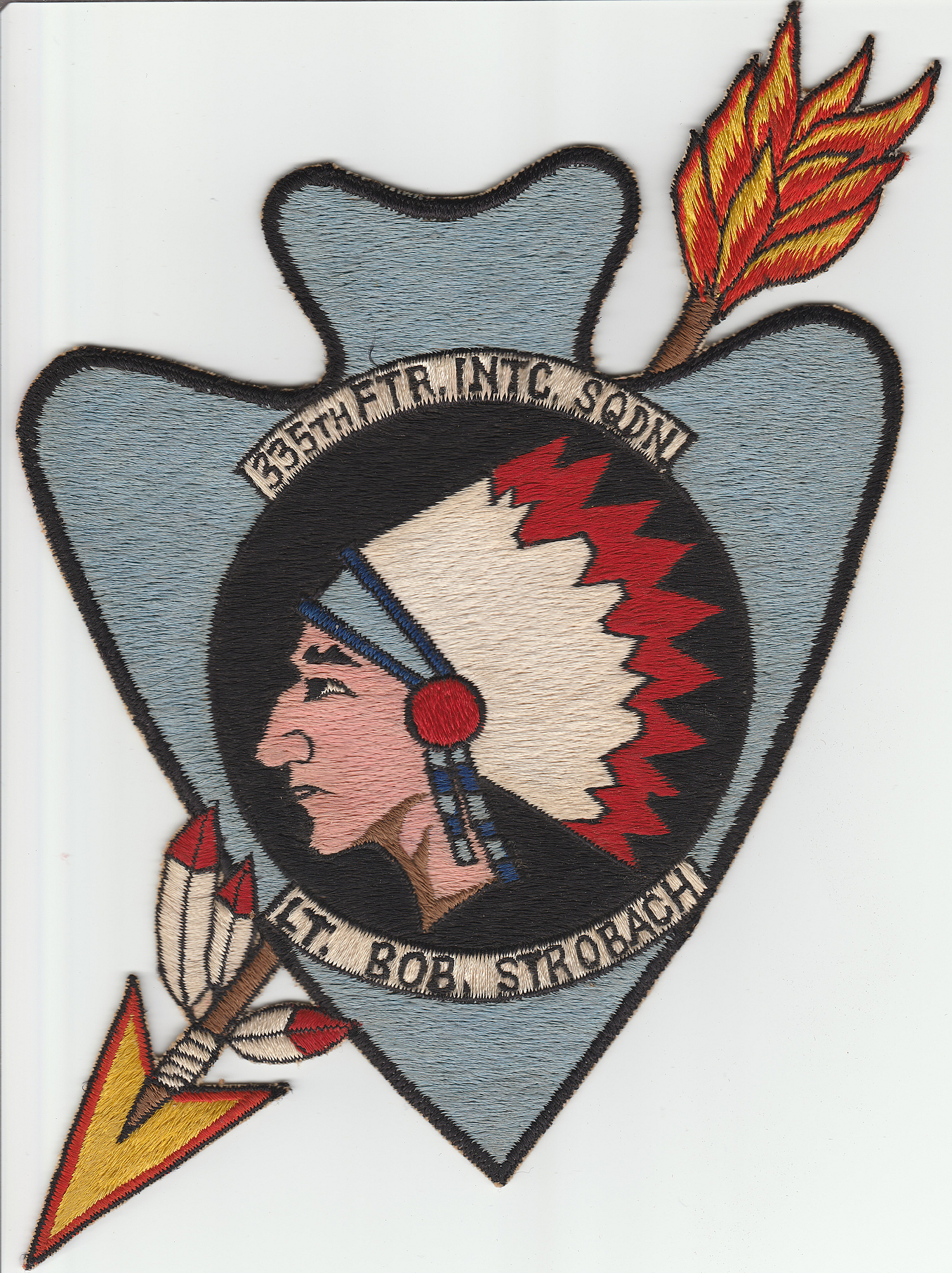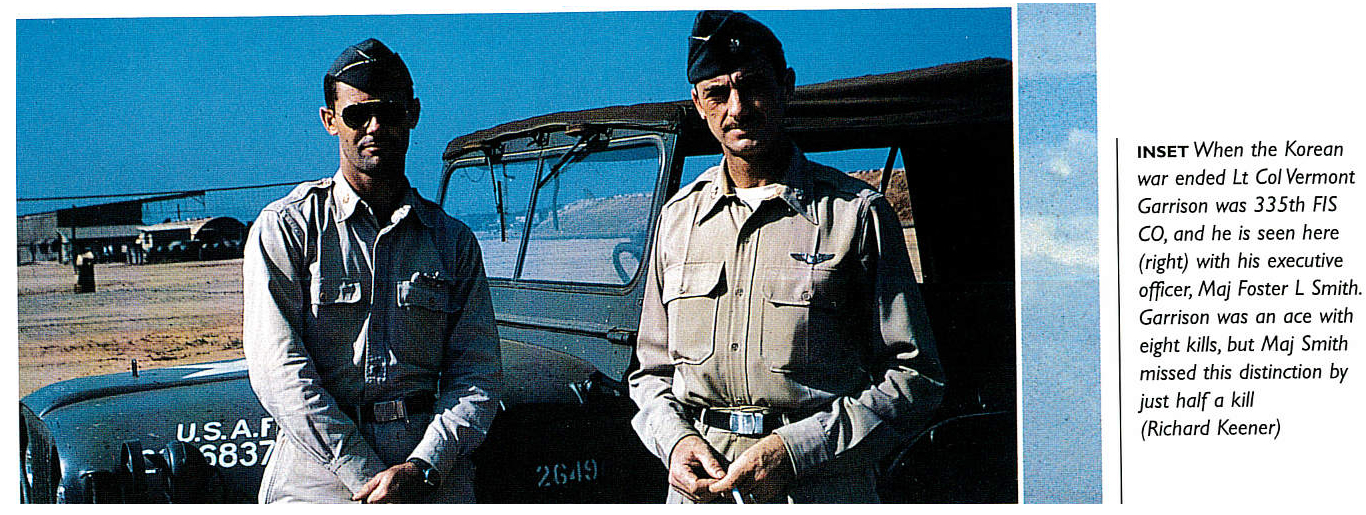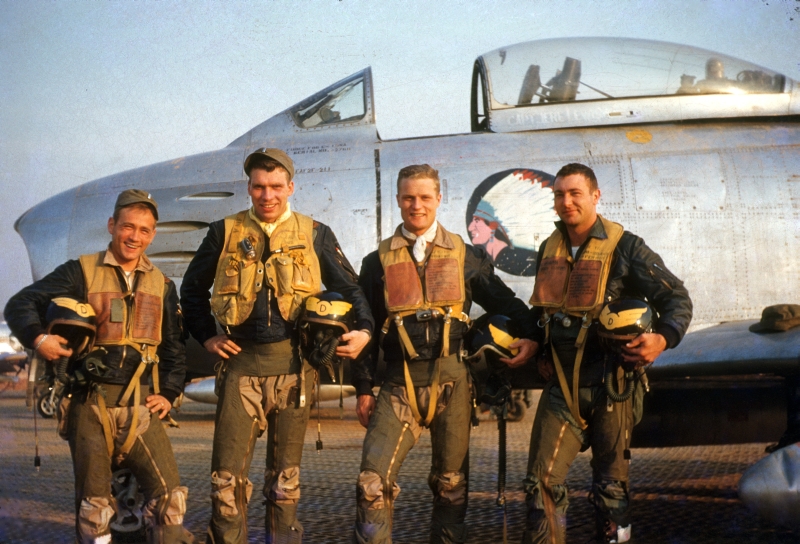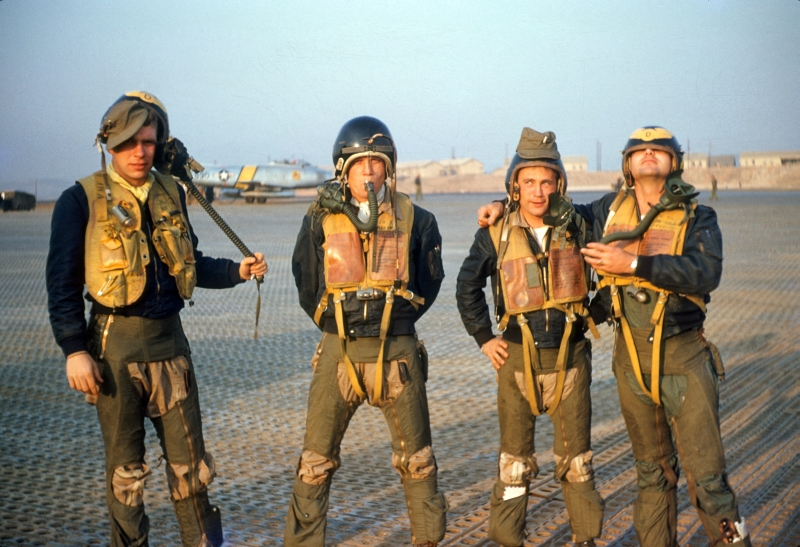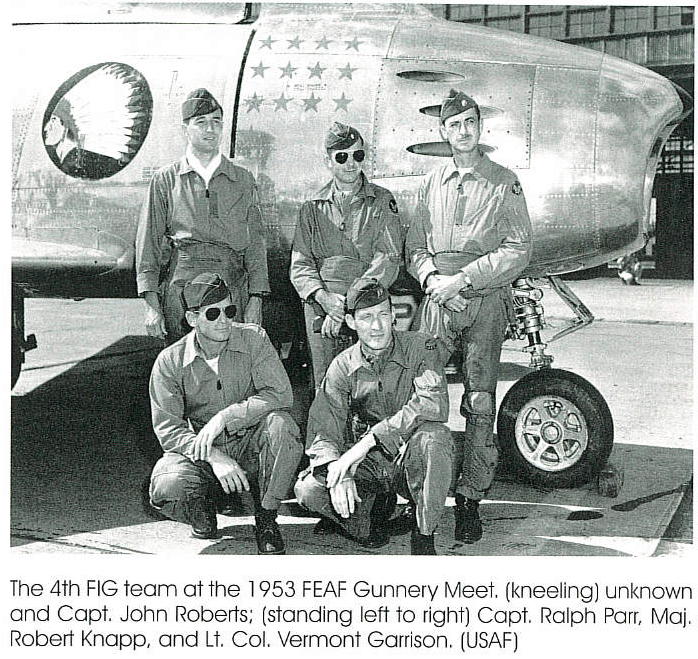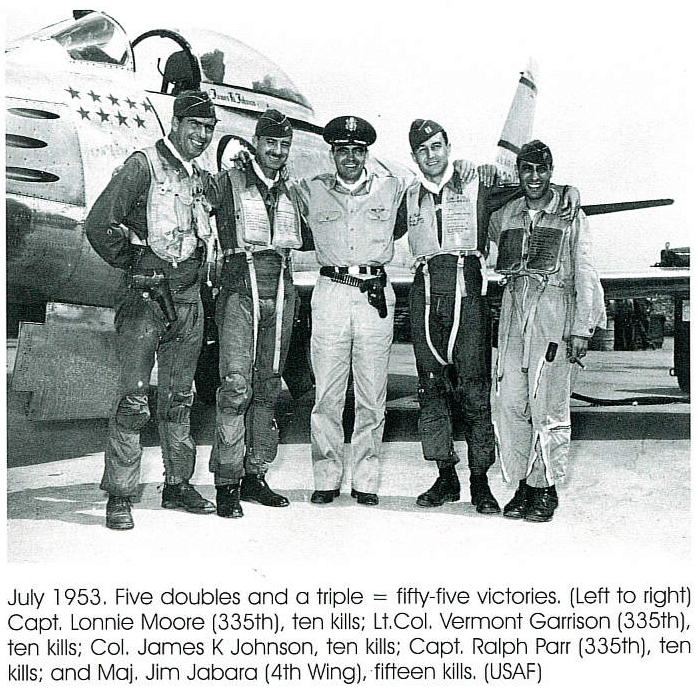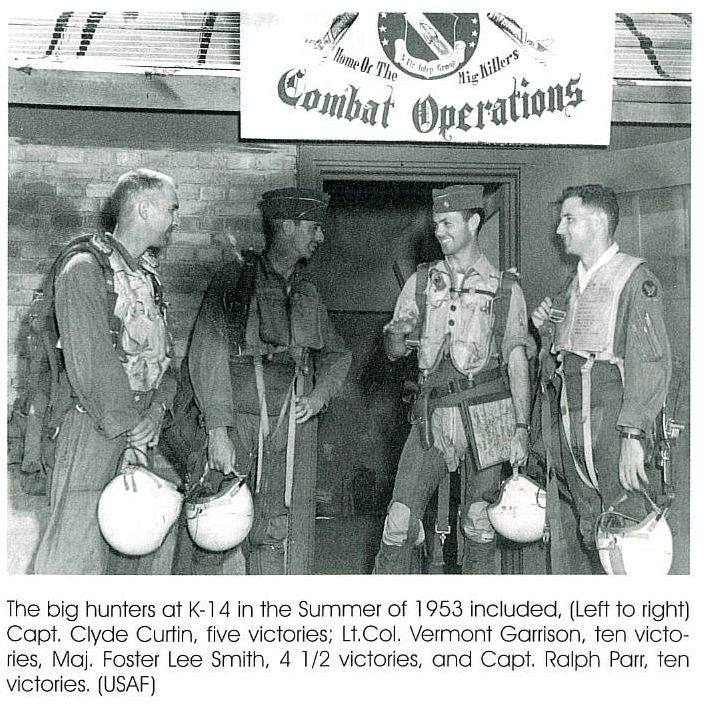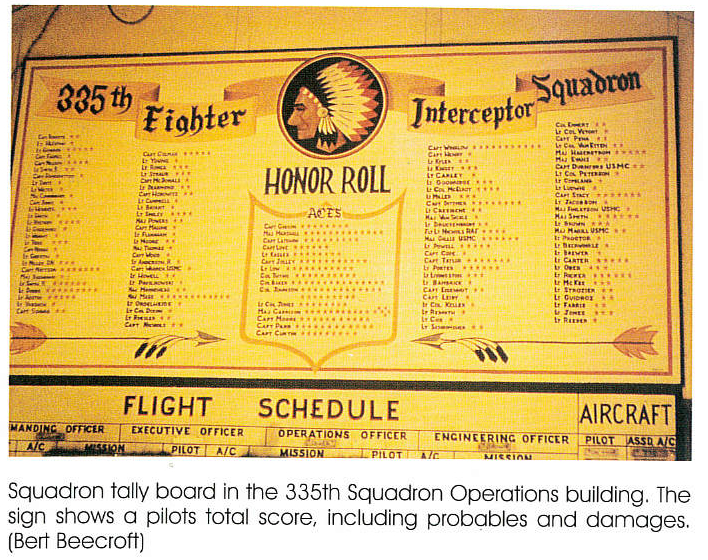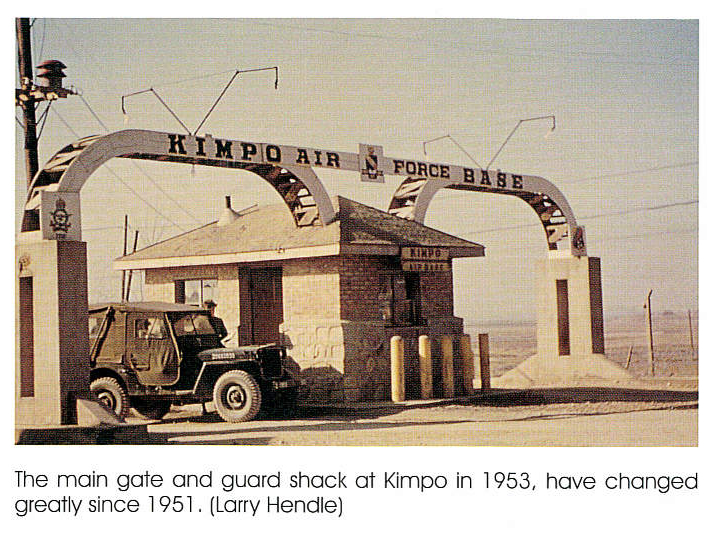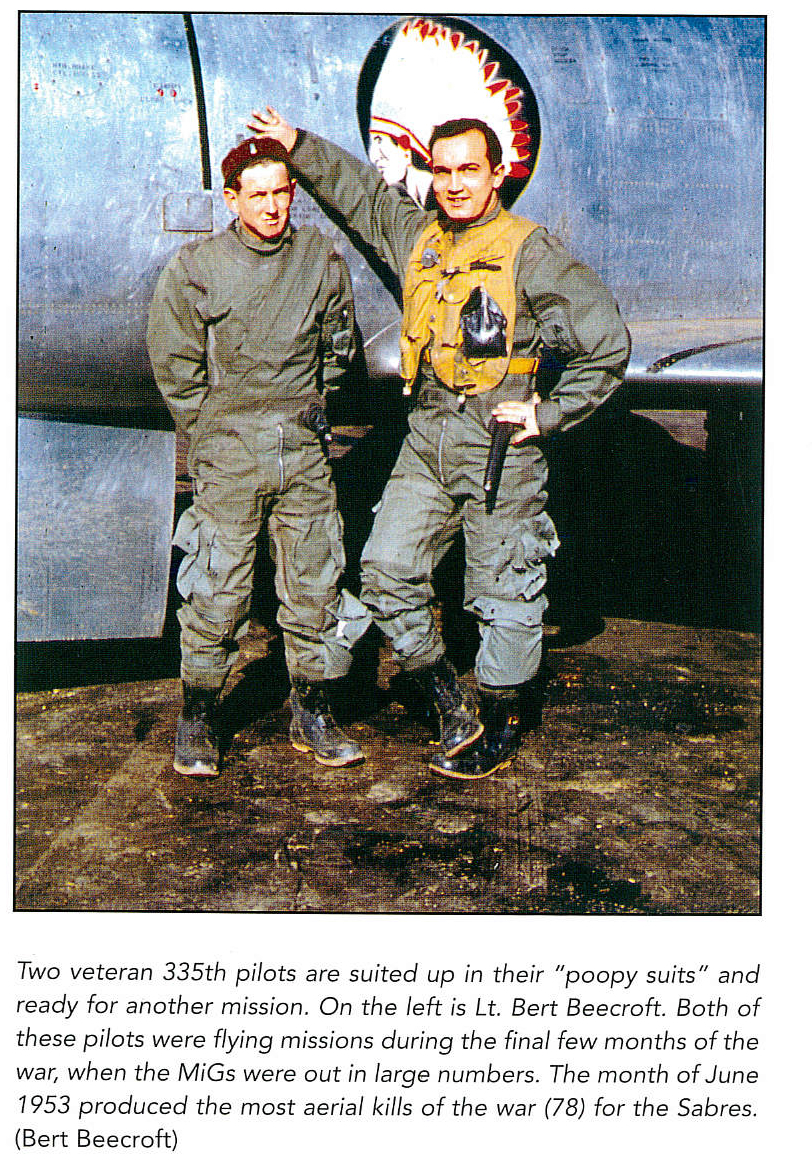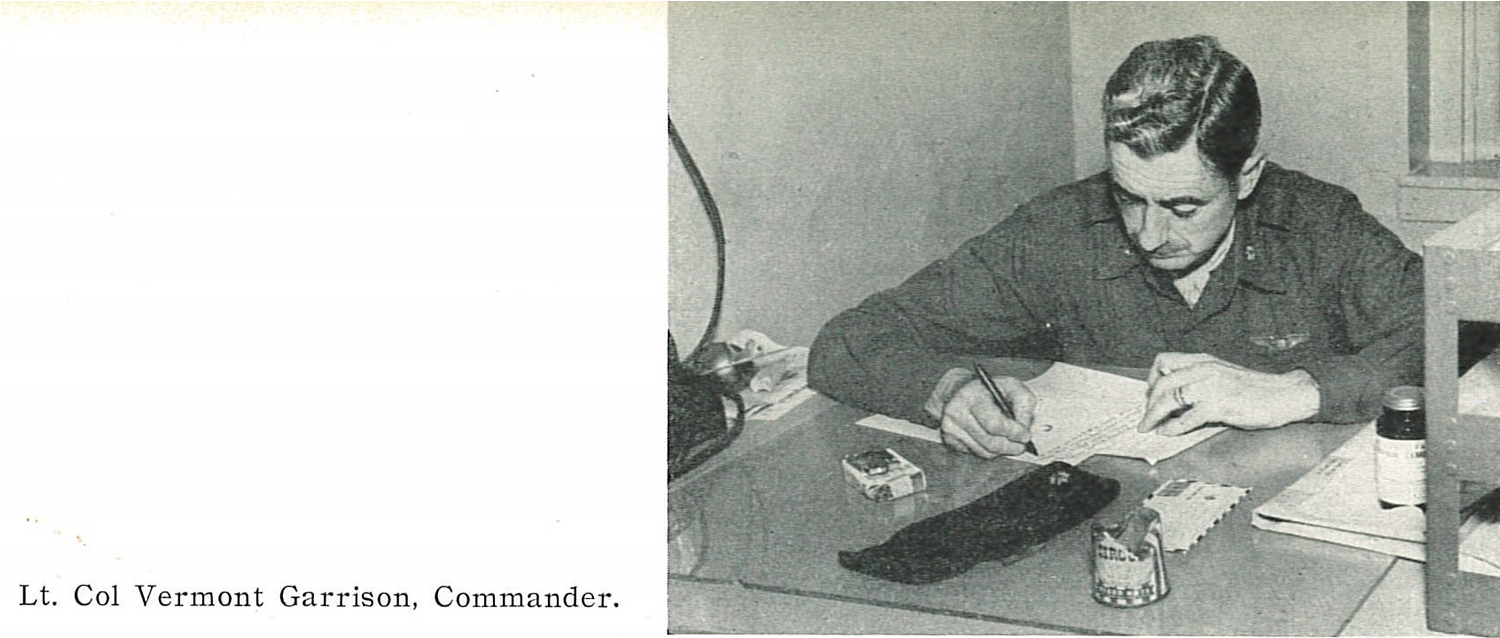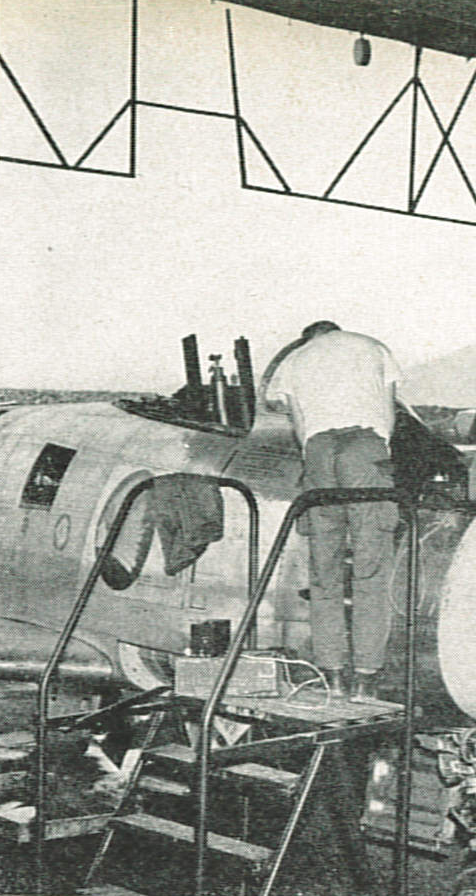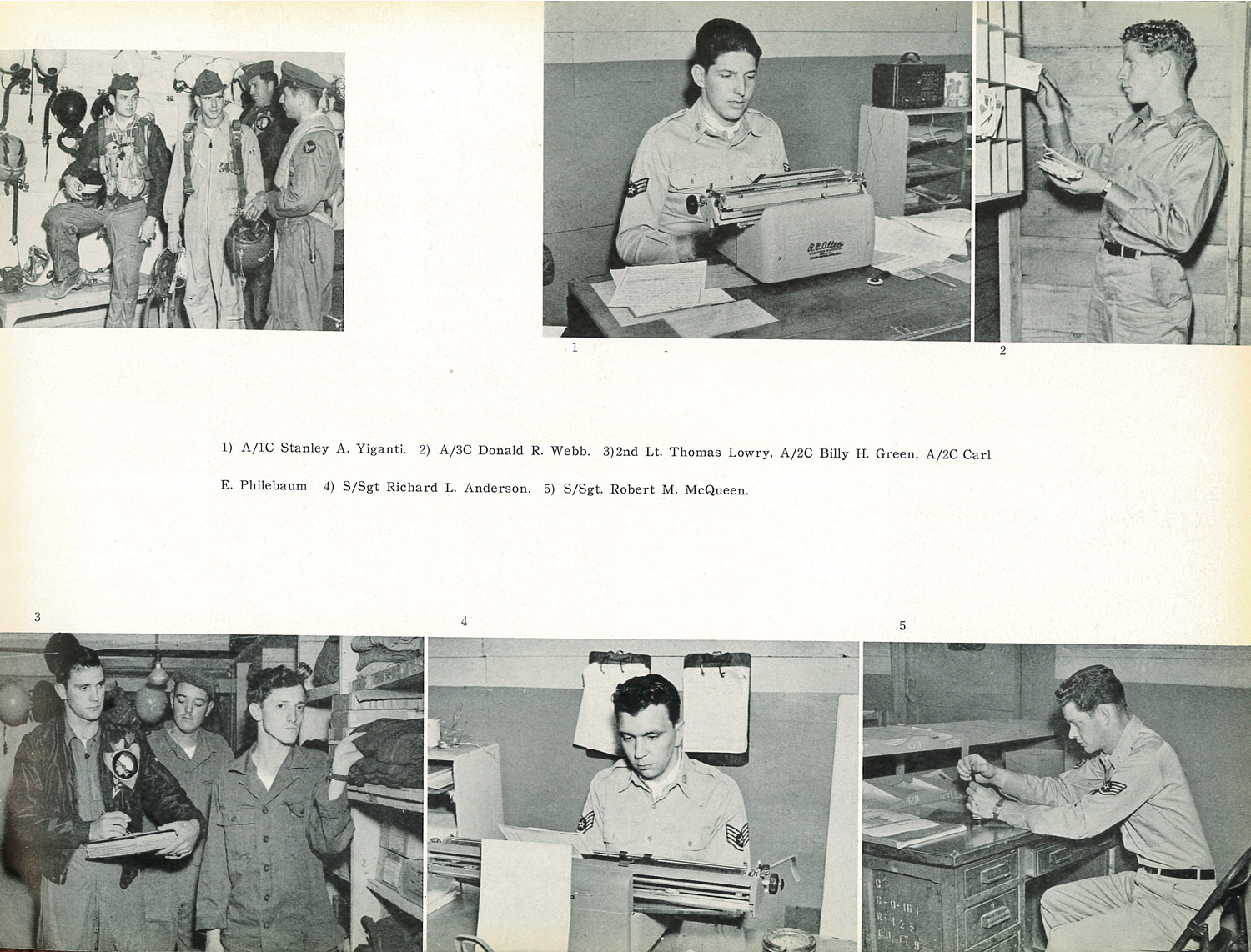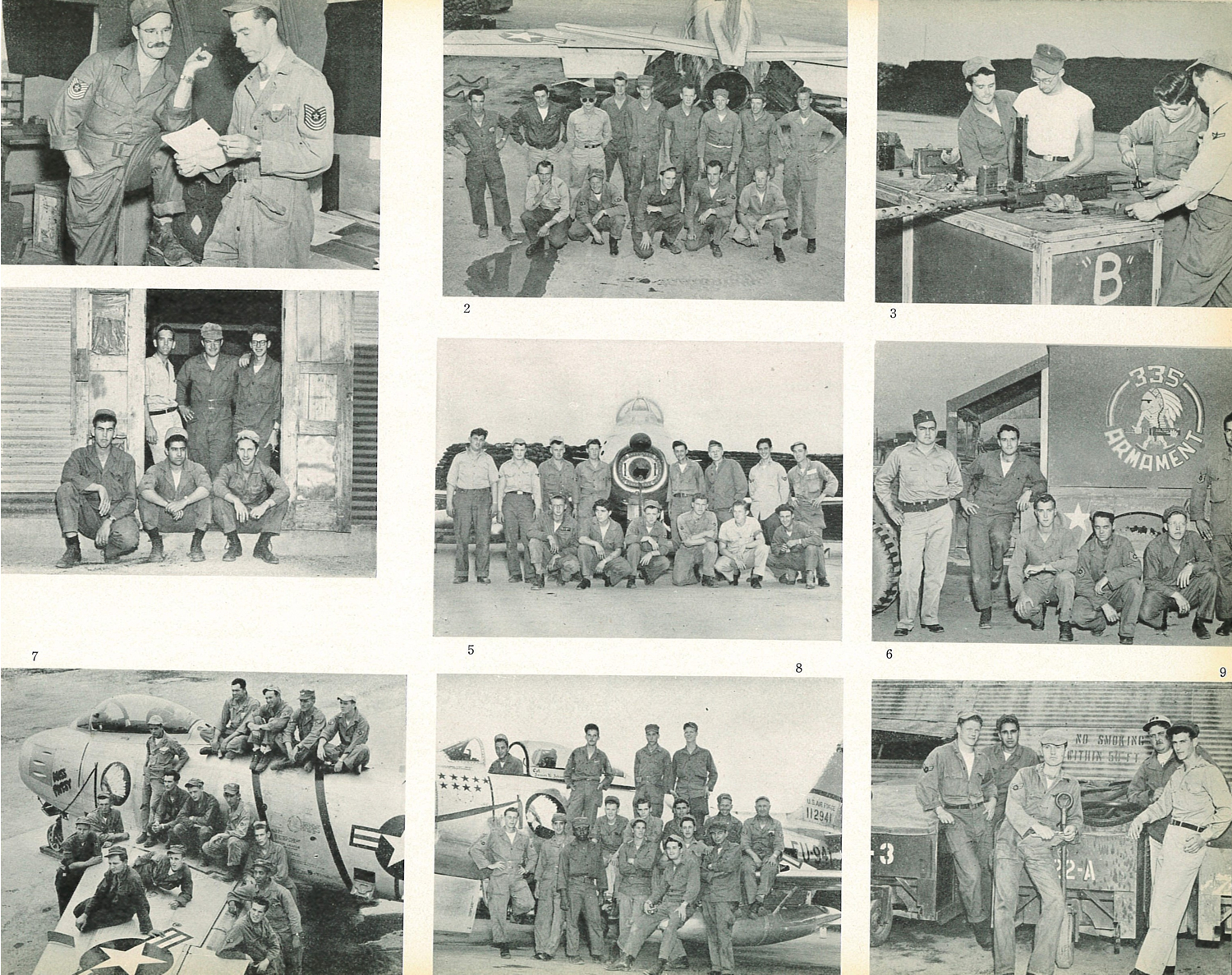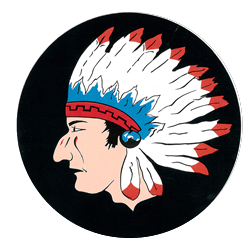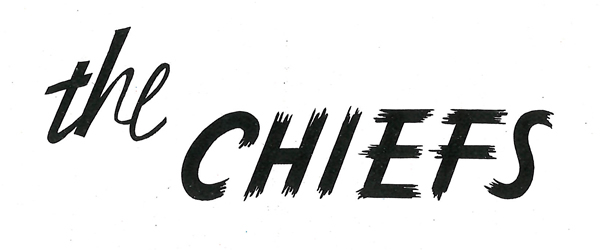Jan. 4: Fifth Air Force
mounted a 124-airplane strike against the Huichon supply center.
Jan. 4/5:
Twelve B-29s of the 307th BW bombed the Huichon supply areas and railroad
bridge.
Jan. 9/10:
Seventeen B-29s kicked off an air campaign against the Sinanju communications
complex by bombing rail bridges at Yongmi-dong, anti-aircraft gun
positions near Sinanju, and two marshaling yards at Yongmi-dong and
Maejung-dong.
Jan. 10: Fighter-bombers
followed up the B-29 night attacks with a daylight 158-aircraft raid
against bridges, rail lines, and gun positions.
Jan. 10/11:
307th BW B-29s bombed Sonchon and Anju marshaling yards. Enemy searchlights
illuminated a B-29 apparently betrayed by its contrails, and fighters
shot it down.
Jan. 11: Battle
damage assessment indicated that all rail lines in the Yongmi-dong
area were unserviceable.
Jan. 12-15:
After missing a day because of weather, fighter-bombers continued
around-the-clock attacks in the Sinanju area.
Jan. 13: Some
12 enemy fighters shot down a B-29 on a psychological warfare, leaflet-drop
mission over North Korea. The crew included Col. John K. Arnold Jr.,
commander, 581st ARCW.
Jan. 13/14:
307th BW and 19th BG attacked Sinanju and Kunu-ri marshaling yards.
Jan. 14: Following
up on the B-29 attacks the night before, fighter-bombers struck gun
positions, railroads, and bridges in the Sinanju area.
Jan. 15: Aerial
photographs revealed a new camouflaged yard at the Sui-ho hydroelectric
dam and two of the four generators working.
Jan. 17/18:
The 98th BW attacked the Pyongyang radio installation, which was 42
feet underground and only 1,000 feet from a possible POW camp. The
11 B-29s scored eight to 10 hits with 2,000-pound general-purpose
bombs, but these did not penetrate deeply enough to destroy the radio
station.
Jan. 22: The
18th FBW withdrew its remaining F-51 Mustangs from combat and prepared
to transition to F-86 Sabres, thus ending the use of USAF single-engine,
propeller-driven aircraft in offensive combat in the Korean War. Peking
radio announced the capture of Arnold and his surviving crew members,
three having perished when the B-29 went down Jan. 13. The Communists
did not release Arnold until 1956.
Jan. 24: Two
pilots of the 51st FIW, Capt. Dolphin D. Overton III, 16th FIS, and
Lt. Harold E. Fischer, 39th FIS, achieved ace status. In addition,
Overton set a record for becoming a jet ace in the shortest time of
four days.
Jan. 25: Beginning
this day, UN Command limited immunity for only one Communist convoy
each way per week between Pyongyang and the Panmunjom area. The enemy
could no longer use the armistice negotiations as a pretense for sending
supplies and reinforcements unthreatened by UN airpower to the front
lines.
Jan. 28: In
a break from interdiction of enemy transportation targets, fighter-bombers
attacked a troop concentration near Pyongyang.
Jan. 28/29:
A 19th BG B-29 exploded over the target southwest of Sariwon. Enemy
fighters apparently silhouetted the B-29 against a full moon and shot
it down. This was the fourth B-29 loss since December but the last
of the war. USMC Skynight aircraft escorting B-29s used new tactics
to down an enemy night interceptor, the first enemy jet destroyed
at night by a radar-equipped jet fighter.
Jan. 29: Fighter-bombers
followed up the previous day's attack near Pyongyang.
Jan. 29/30:
Enemy fighters badly damaged another B-29 in the same circumstances
as the previous night. USMC Skynights once again shot down an enemy
night fighter. A 319th FIS F-94 tracked by radar and destroyed an
La-9 aircraft late on the night of the 30th. This marked the first
Starfire kill in Korea.
Jan. 30: A
4th FIW F-86 pilot intercepted and shot down a Russian-built Tu-2
twin-engine bomber over the Yellow Sea, northeast of Pyongyang, the
first reported destruction of this type aircraft since Nov. 30, 1951.
Jan. 30/3l:
Approximately 10 enemy fighters so badly damaged a 307th BW B-29 that
it barely made an emergency landing in South Korea.
Feb. 2: Ninety-six
5th Air Force fighter-bombers struck a troop billeting area located
six miles south of Kyomipo, destroying 107 buildings.
Feb. 9: At
Kyomipo, 5th Air Force fighter-bombers and light bombers left in smoldering
ruins the former steel mill being used as a munitions factory and
locomotive repair shop.
Feb. 15: In
the strike of the month, 22 F-84 Thunderjets of the 474th FBW struck
the Sui-ho hydroelectric power plant. With no losses, 82 escorting
F-86 Sabres drew off 30 MiGs while the Thunderjets dropped their 1,000-pound
bombs. The attack halted power production at Sui-ho for several months.
Feb. 15/16:
Radio Pyongyang went off the air when B-29s attacked the nearby Pingjang-ni
communications center, damaging power lines.
Feb. 16: Capt.
Joseph C. McConnell Jr., 39th FIS, achieved ace status. The 1st Marine
Air Wing led a 178-aircraft formation, including 5th Air Force fighter-bombers,
in an attack against troop billeting and supply storage in the Haeju
to Sariwon region of western North Korea. The 45th TRS transferred
all its remaining RF-51s to Japan, leaving it an all-jet RF-80 unit.
Feb. 18: In
one of the highlights of the air-to-air war, four F-86s attacked a
formation of 48 MiG-15s just south of the Sui-ho reservoir, shooting
down two enemy aircraft. Two other MiGs, attempting to follow an F-86
through evasive maneuvers, went into uncontrollable spins and crashed.
In this battle, Capt. Manuel J. Fernandez, 334th FIS, achieved ace
status, downing his fifth and sixth MiGs.
Feb. 18-19:
In one of the largest all-jet fighter-bomber strikes of the war, 511
aircraft placed high-explosive bombs on a tank and infantry school
at Kangso, southwest of Pyongyang, destroying 243 buildings.
Feb. 22: In
a letter to Kim Il Sung, North Korean premier, and Paeng Te-huai,
CCF commander in Korea, the UN Command stated its readiness to repatriate
immediately seriously ill and wounded POWs who were fit to travel
and asked whether the North Korean and Chinese leaders were prepared
to do the same.
Feb. 26: Fifth
Air Force instituted routine armed daylight reconnaissance over northwestern
Korea in response to the enemy's vehicle movements.
Feb. 28: Third
Air Rescue Group received two new and larger H-19 helicopters. MATS
C-124s had flown the dismantled helicopters directly from the factory
in the US to Japan, where they were assembled and test-flown before
being ferried to Korea.
March 5: Good
weather permitted 5th Air Force to complete 700 sorties. Sixteen F-84
Thunderjets attacked an industrial area at Chongjin, just 63 miles
from the Siberian border, destroying buildings and two rail and two
road bridges, damaging seven railcars, and inflicting several rail
and road cuts. Fighter-bombers flying ground support missions reported
damage or destruction to 56 bunkers and gun positions, 14 personnel
shelters, and 10 supply stacks.
March 5/6:
Seventeen 98th BG B-29s attacked a supply area deep in North Korea
at Onjong. Two 19th BG medium bombers flew close support missions
opposite the US Army's IX and X Corps. Two other B-29s employed shoran
to attack on the east coast the Naewan-ni marshaling yard.
March 9: Responding
to press reports that US pilots routinely pursued Communist jets across
the Manchurian border, UN Command CINC Clark asserted that UN pilots
broke off engagements at the Yalu River boundary, enabling many damaged
MiGs to escape, although some border violations might have occurred
in the heat of combat. Informing the US Joint Chiefs of Staff that
air operations in Korea were conducted strictly within limitations
established by appropriate authority, Clark also directed FEAF to
comply with directives concerning violation of the Manchurian border.
March 13/14:
On a deep penetration raid, 12 307th BW B-29s struck a cantonment
area near the Choak-tong ore-processing plant near the Yalu River.
March 14:
To provoke aerial engagements with Communist fighters, 5th Air Force
combat crews dropped leaflets asking, "Where is the Communist
air force?" over each ground concentration they attacked.
March 17/18:
Serving notice that medium bombers would continue striking in MiG
Alley, the 307th BW and 19th BG raided the Punghwa-dong troop concentration
area just three miles south of the Communist fighter base at Sinuiju.
The bombers sustained very minor flak damage.
March 21:
North Korean truce negotiators expressed their willingness to observe
the provisions of the Geneva Convention and exchange sick and wounded
POWs. At the same time they hinted that the exchange might lead to
a resolution of other issues hindering an armistice.
March 21/22:
Operation Spring Thaw began when 18 19th BG medium bombers knocked
spans out of two principal bridges at Yongmi-dong and rendered the
third unserviceable.
March 22/23:
Eight 19th BG B-29s continued the attack on Yongmi-dong bridges. The
raiders observed that the enemy had repaired one of the bridges damaged
the night before. Despite reports of backed-up traffic on the approaches
to the bridges, Bomber Command suspended further raids, suspecting
that bombers returning for a third time might sustain heavy losses.
March 26:
UN pilots sighted 289 MiGs, the highest daily total observed since
Aug. 6, 1952.
March 27:
MiG-15s equipped with external fuel tanks jumped two RF-80s and two
RAAF Meteors between Sariwon and Sinmak, only 38 miles north of the
front lines. This was one of several MiG forays close to front-line
positions, seemingly in response to UN leaflet drops goading the enemy
air forces to come out and fight. Assigned to the 18th FBW, Maj. James
P. Hagerstrom destroyed his fifth MiG to become the 28th Korean War
ace.
March 28:
Col. James K. Johnson, 4th FIW, downed his fifth MiG to achieve ace
status.
March 29:
Lt. Col. George L. Jones, 4th FIW, became the 30th jet ace.
March 30:
Chou En-lai, China's foreign minister, suggested that POWs not desiring
repatriation might be placed in the temporary custody of a neutral
nation until negotiations determined their final status. Prior to
this proposal the Communists had insisted on the repatriation of all
POWs. Their new flexibility on this issue provided an opportunity
to resume truce negotiations.
April 1: One
307th BW B-29, unable to attack its primary target, visually bombed
a truck convoy, reporting excellent results in an attack believed
to be the first of its type since Bomber Command began operations
in North Korea.
April 6/7,
7/8, 11/12: At night, Bomber Command B-29s raided the three serviceable
railroad bridges spanning the Chongchon River at Sinanju. The following
mornings, fighter-bombers struck traffic backed up on the approaches
to the damaged bridges.
April 12:
An H-19 helicopter assigned to the 581st ARCW hoisted Capt. Joseph
C. McConnell Jr., F-86 pilot with eight victory credits to date, from
the Yellow Sea, after he had ejected from his battle-damaged aircraft.
April 13:
An 8th FBW pilot flew an F-86F model Sabre on its first air-to-ground
combat mission.
April 15:
The Communists completed approximately 75 miles of railroad linking
Kusong with Kunu-ri and Sinpyong-ni. Built in less than 70 days, the
new line bypassed numerous bottlenecks created by USAF bombing of
the Chongju, Sinanju, and Sunchon railroad complexes.
April 20-May
3. During Operation Little Switch, Communist and UN forces exchanged
sick and injured prisoners.
April 26:
Suspended for six months, armistice negotiations between Communist
and UN forces reconvened.
April 26/27:
A B-29 medium bomber dropped leaflets over North Korea to kick off
Project Moola, the FEAF effort to obtain an operational MiG-15.
May 1: Fifth
Air Force fighter-bombers struck Radio Pyongyang. Screened by the
4th and 51st FIWs, the 8th and 18th FBWs briefly headed toward the
Yalu River then abruptly swooped down on North Korea's capital to
bomb the broadcasting facility and its power supply. Monitoring the
battle from the air, 5th Air Force commander Barcus promised that
his aircraft would return every time the Communists broadcast "filthy
lies" about 5th Air Force.
May 10: Flying
through intense flak Col. Victor E. Warford, commander, 58th FBW,
led eight Thunderjets to attack the hydroelectric generating facilities
at Sui-ho near the Yalu River.
May 10/11:
Thirty-nine Superfortresses raided the 375-acre Yangsi troop concentration
area 12 miles southeast of Sinuiju, achieving 63 percent destruction
of one of the last large lucrative targets remaining in North Korea.
May 13: Thunderjets
of the 58th FBW, in the first attack against previously excluded irrigation
dams, bombed the Toksan Dam holding the Potong River's water 20 miles
north of Pyongyang. Floodwaters swirling from the breached dam washed
out six miles of embankment and five bridges, destroyed two miles
of the major north-south highway, rendered Sunan airfield inoperable,
and ruined five square miles of prime rice crop.
May 14: Communist
and UN truce negotiators recessed indefinitely over differences concerning
POWs who refused repatriation.
May 16: Ninety
58th FBW sorties breached the Chasan irrigation dam. Surging waters
washed away three railroad bridges and destroyed rice ripening in
surrounding fields.
May 18: An
H-19 helicopter rescued two members of a B-26 crew 20 miles inside
enemy territory by using tactics presaging those of later conflicts.
The helicopter scrambled from its base and flew to a small island
off the Haeju Peninsula to await fighters to clear the path to the
downed airmen. Penetrating enemy territory at 5,000 feet, the helicopter
followed the fighter pilots' directions until it located the survivors
who were signaling with a mirror. After the survivors set off a flare
to indicate wind direction, the helicopter landed and rescued them,
staying on the ground for approximately 30 seconds.
Lt. Col. George
I. Ruddell, commander, 39th FS, became the 31st jet ace. Another squadron
member, McConnell, downed three more MiG-15s to become the first triple
jet ace and, with 16 victories, the highest scoring ace of the Korean
War.
May 18/19:
Eighteen Superfortresses returned to complete the destruction of the
Yangsi troop concentration area.
May 19/20:
A formation of 19th BG B-29s attacked a large supply complex at Unsan-dong,
destroying 140 buildings. Located eight miles west of Sinanju, the
complex probably sheltered coast defense forces and was a bivouac
area for troops moving south.
May 21/22:
Using shoran to aim the bombs, B-29s scored seven direct hits on the
Kuwonga dam but failed to burst it because North Koreans had lowered
the water level by 12 feet, significantly reducing the pressure on
the dam.
May 25: The
UN armistice delegation vainly attempted a compromise with the Communists,
proposing that nonrepatriate POWs remain in neutral custody for up
to 120 days after the armistice, until their governments could confirm
their attitude toward repatriation.
May 27: Aerial
reconnaissance discovered Communist preparations for a major ground
offensive.
May 28/29:
The B-29s returned to the Kuwonga dam, scoring five direct hits with
2,000-pound bombs. Although the dam did not burst, North Koreans had
to finish draining the reservoir to accomplish repairs, thus exhausting
the supply of water available for irrigation.
May 28: The
Communists launched a series of company- to regiment-sized attacks
that lasted into early June. Gen. Duk Shin Choi, the senior South
Korean army delegate to the UN armistice delegation, informed negotiators
that his government considered the May 25 proposals by the UN Command
unacceptable and announced that he was boycotting future negotiations
on the instructions of his government.
May 29: Clark
warned the Joint Chiefs of Staff that the South Korean government
might release POWs unilaterally.
May 31: Lt.
Gen. Samuel E. Anderson assumed command of 5th Air Force, replacing
Barcus.
June 2-3:
Bomber Command B-29 bombers began night close support missions, mostly
against targets where the Communists were training and building up
troops and supplies in the western sector of the US IX Corps area.
June 5: Lt.
Col. Vermont Garrison, 335th FIS, became the Korean War's 32nd jet
ace.
June 10: Fifth
Air Force and Bomber Command made coordinated strikes against North
Korean serviceable and near-serviceable airfields. Sixteen B-29s from
the 98th BW struck Sinuiju and Uiju, encountering flak and fighters
without losses. In the heaviest 5th Air Force raid of the airfield
campaign, 31 F-84s struck Kanggye airfield.
June 11: Fighter-bombers
made their deepest penetration of the war when 13 F-84s attacked Chunggang-jin
airfield located midway on the North Korean-Manchurian border. Pilots
reported that the raid had rendered the runway unserviceable.
June 13-18:
To flood airfields at Namsi and Taechon, F-84s, B-29s, and Marine
F4U Corsair fighter-bombers struck irrigation dams at Toksan and Kusong.
The raids failed to breach the dams because the Communists had lowered
water levels to decrease water pressure.
June 15: Brig.
Gen. Richard H. Carmichael replaced Fisher as commander, Bomber Command.
June 16: Setting
a single day record, 5th Air Force flew 1,834 sorties. More than half
were close support missions against enemy troops in the Pukhan Valley
area.
June 17/18:
The South Korean government unilaterally released 27,000 anti-Communist
POWs.
June 18: Flying
for the 335th FIS, Capts. Lonnie R. Moore and Ralph S. Parr Jr. became
the Korean War's 33rd and 34th jet aces, respectively.
June 22: Assigned
to the 25th FIS, Col. Robert P. Baldwin became a jet ace.
June 22-23:
The 315th employed 27 C-46s and 61 C-119s in 284 sorties to transport
the 187th Airborne Regimental Combat Team-3,252 paratroopers and 1,771
tons of cargo-to Korea to reinforce Eighth Army reserves.
June 23: With
all North Korean airfields but one inoperable, FEAF commander Weyland
advised his air forces to limit attacks to follow-on raids to damage
airfields sufficiently so that another series of air raids could knock
them out in four or five days.
June 28-July
2: C-46, C-54, and C-119 transports of the 315th airlifted the 19th
and 34th Infantry Regiments-3,937 soldiers and 1,227 tons of cargo-from
Japan to Korea.
June 30: Sabres
set a record by destroying 16 MiGs in a single day. The previous record,
13 kills, had been set Dec. 13, 1951, and matched July 4 and Sept.
4, 1952. Flying with the 25th FIS, 1st Lt. Henry Buttelmann became
the Korean War's 36th jet ace.
July 4/5:
Twenty-four B-29s attacked airfields at Taechon, Namsi, and Pyongyang.
July 7/8:
Sixteen medium bombers raided a supply area and marshaling yard at
Namsi.
July 10: Fifth
Air Force fighter-bombers began raiding rail bridges at Sinanju and
Yongmi-dong to hinder the buildup for the final Communist assault.
July 10/11:
The 98th BW B-29s attacked the Sinanju bridges. The 307th BW B-29s
bombed rail bridges at Yongmi-dong.
July 11: South
Korean President Syngman Rhee agreed to accept a cease-fire agreement
in return for promises of a mutual security pact with the United States.
Maj. John Bolt, USMC, flying with the 39th FIS of the 51st FIW, shot
down his fifth and sixth MiGs to become the Marines' only Korean War
ace.
July 12: RF-80
reconnaissance aircraft photographed heavy concentrations of anti-aircraft
artillery opposite sectors of the front held by the US IX Corps and
the South Korean II Corps, providing warning of an enemy offensive.
July 12-20:
Close air support sorties by FEAF aircraft contributed significantly
to staunching the Communist onslaught against the South Korean II
Corps.
July 13-19:
B-29 medium bombers flew nearly 100 ground support missions dropping
4,000-pound airburst and delayed action anti-personnel bombs to blunt
the Communist offensive.
July 15: Maj.
James Jabara, 334th FIS, scored his 15th aerial victory to become
the world's second triple jet ace.
July 16: Cmdr.
Guy Bordelon, flying with 5th Air Force, became the war's 38th ace
and the only ace for the US Navy.
July 16-20:
Fighter-bombers completed a series of attacks on the Chongchon bridges,
rendering them unusable.
July 19: Capt.
Clyde A. Curtin, 335th FIS, shot down two MiGs to become the 39th
ace. The final session of armistice negotiations at Panmunjom convened.
After meeting one day, the top negotiators agreed to adjourn while
technical experts worked out the cease-fire details.
July 20: Maj.
Stephen L. Bettinger, 336th FIS, became the 40th ace of the Korean
War with his fifth MiG-15 kill.
July 21/22:
Eighteen B-29s close out the war for Bomber Command, striking Uiju
airfield.
July 22: Combat
between USAF Sabres and Communist MiGs ended with an air battle between
three 51st FIW and four Communist jets. During this engagement, Lt.
Sam P. Young, 25th FIS, scored the last MiG kill of the Korean War.
July 27: At
10 a.m. Lt. Gen. William K. Harrison, USA, the senior delegate for
the UN Command, and Gen. Nam Il, the senior delegate for the North
Korean Army and the Chinese Volunteers, signed the armistice agreement
to produce a cease-fire in the Korean War.
Capt. Ralph
S. Parr Jr. became a double ace with the last air-to-air victory of
the war by shooting down an IL-12 transport. In the final hours before
the cease-fire, 5th Air Force fighter-bombers hammered North Korean
airfields. Poststrike photography from 67th TRW aircraft confirmed
that every airfield in North Korea was unserviceable for jet aircraft
landings, indicating the successful conclusion of the airfield neutralization
program.
Flying a 91st
SRS RB-29, Lt. Denver S. Cook piloted the last Bomber Command sortie,
dropping leaflets over North Korea. An 8th BS B-26 dropped the last
bombs of the Korean War in a night, radar-directed close support mission.
Aircraft from the same squadron had flown the first combat strike
into North Korea. A RB-26 of the 67th TRW made the last combat sortie
of the war over North Korea.
As the Korean
War formally ended, by 10:01 p.m., all FEAF's aircraft were located
either south of the front line or more than three miles from North
Korea's coast.
In accordance
with the Armistice Agreement, in August, POWs were exchanged in Operation
Big Switch-77,000 Communists for 12,700 UN men, of whom 3,597 were
Americans.
Source: Air
Force Magazine October 2000


